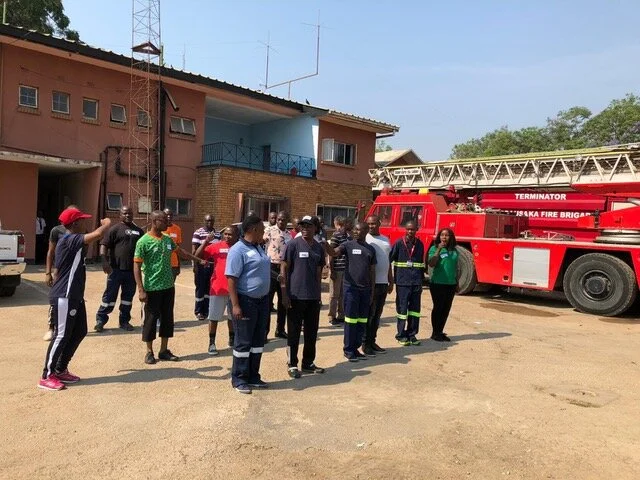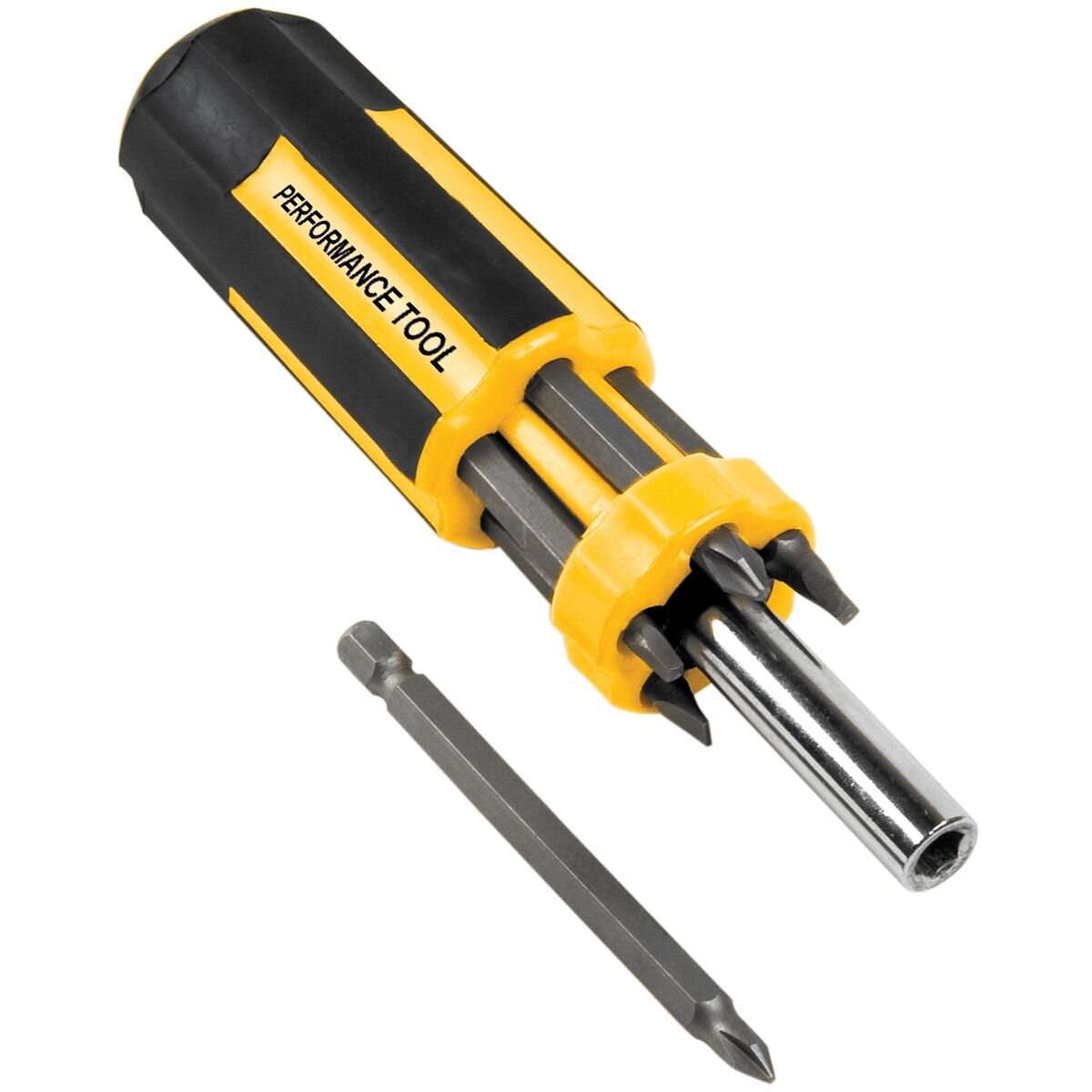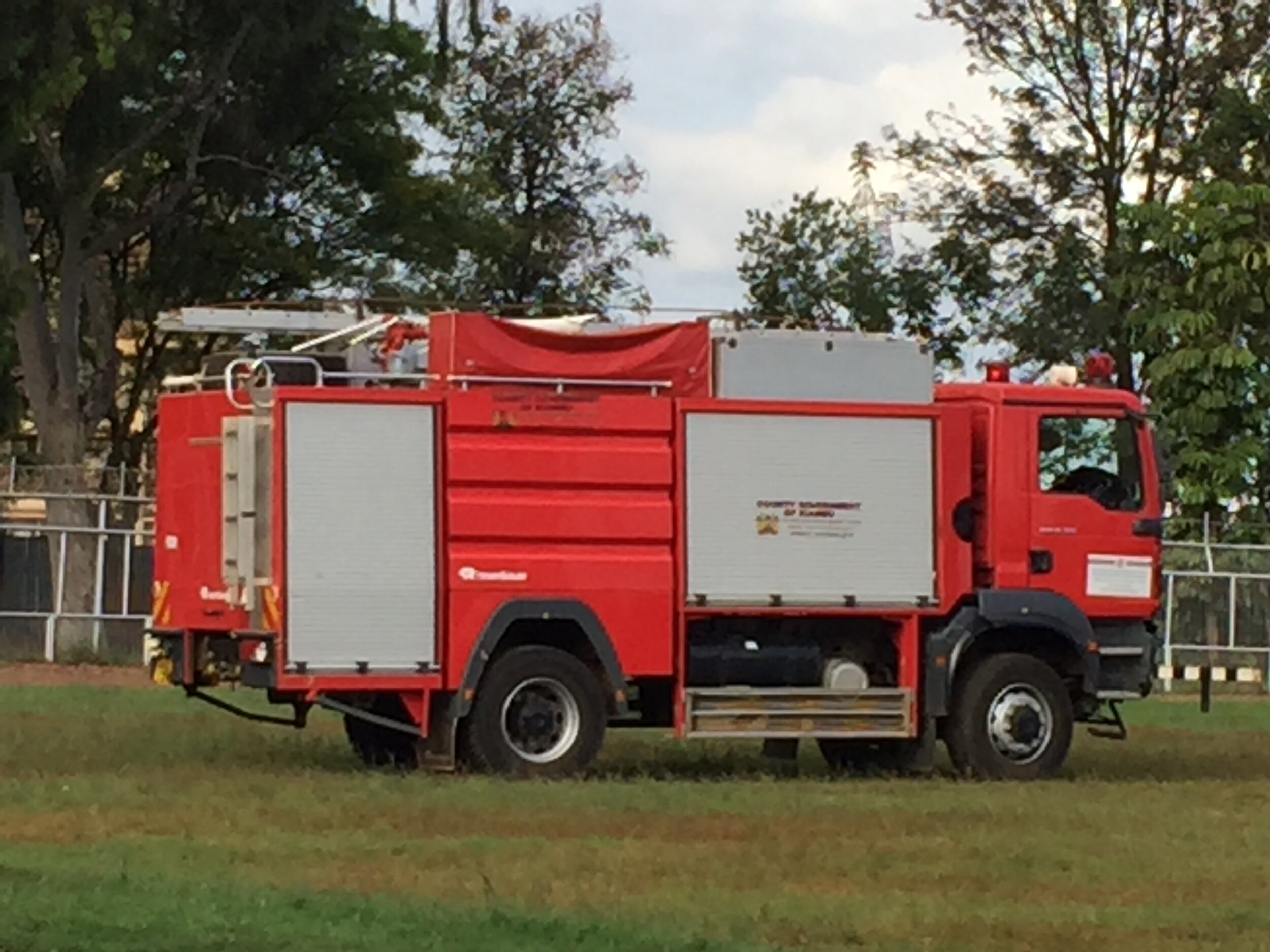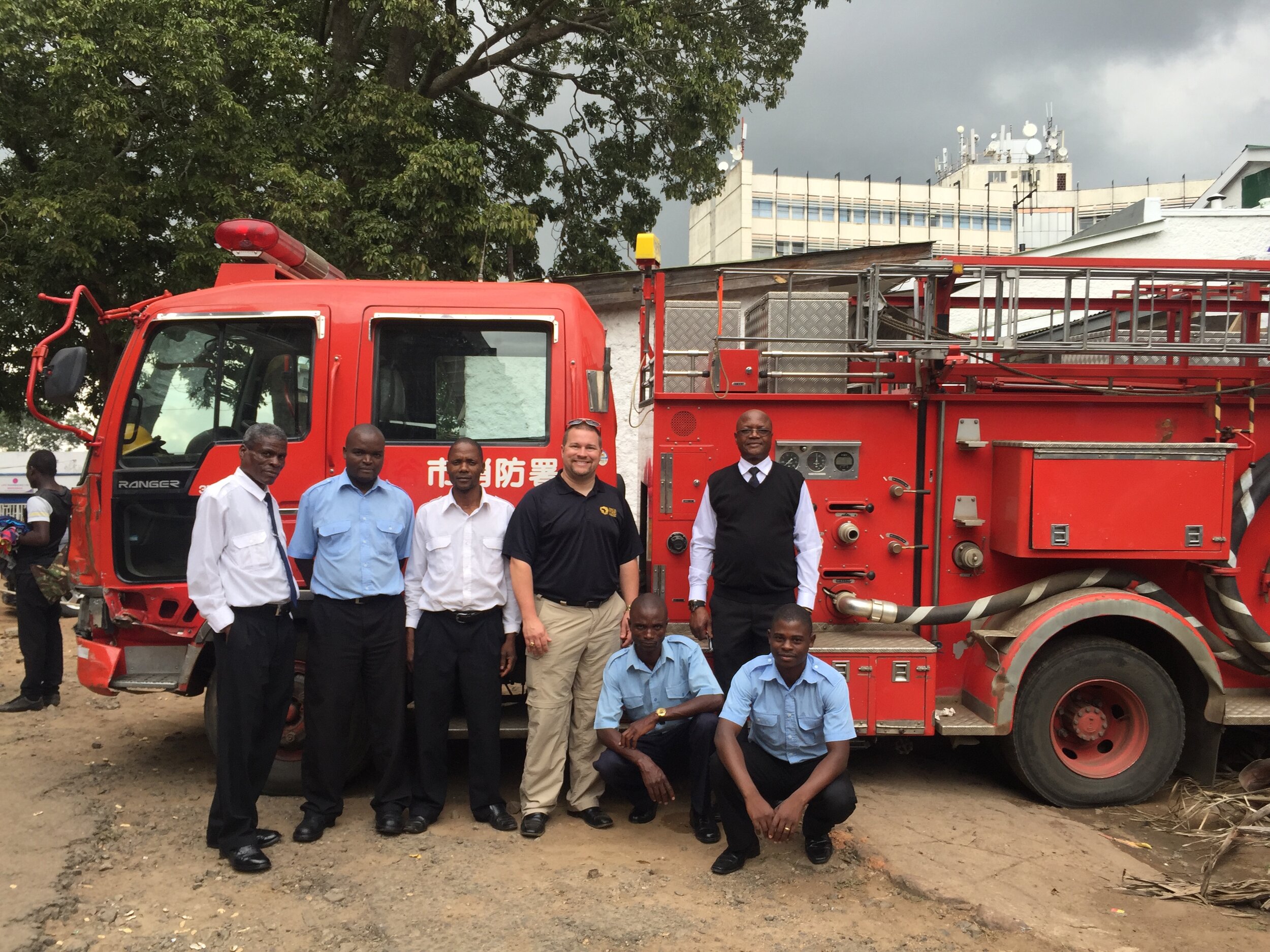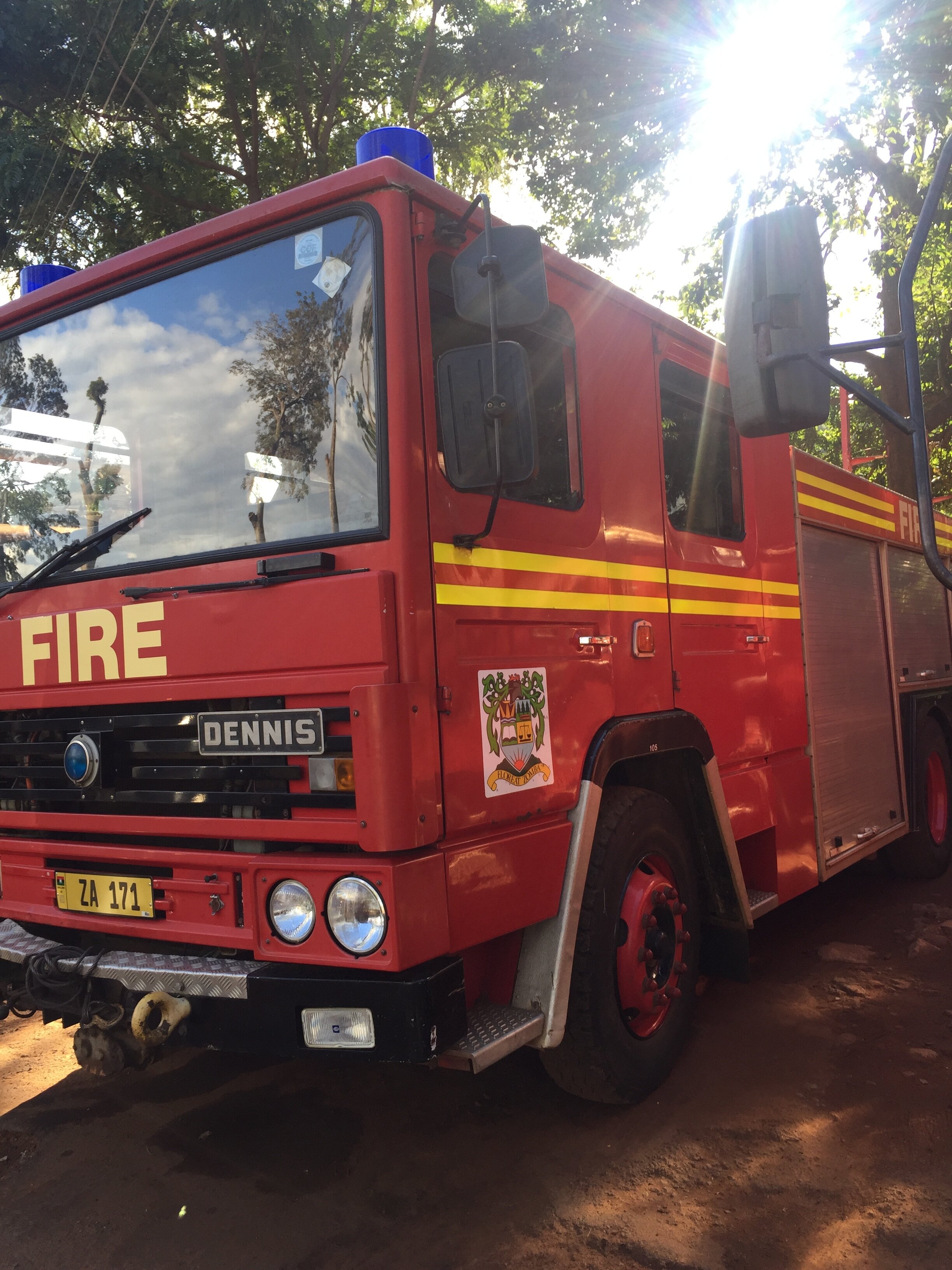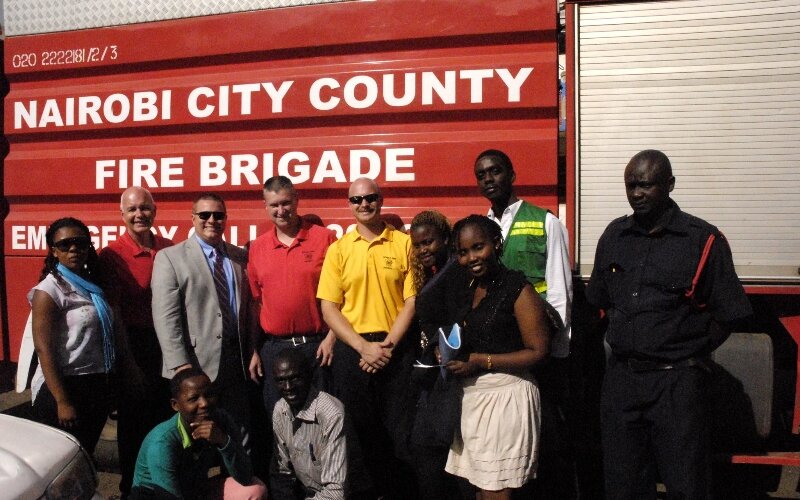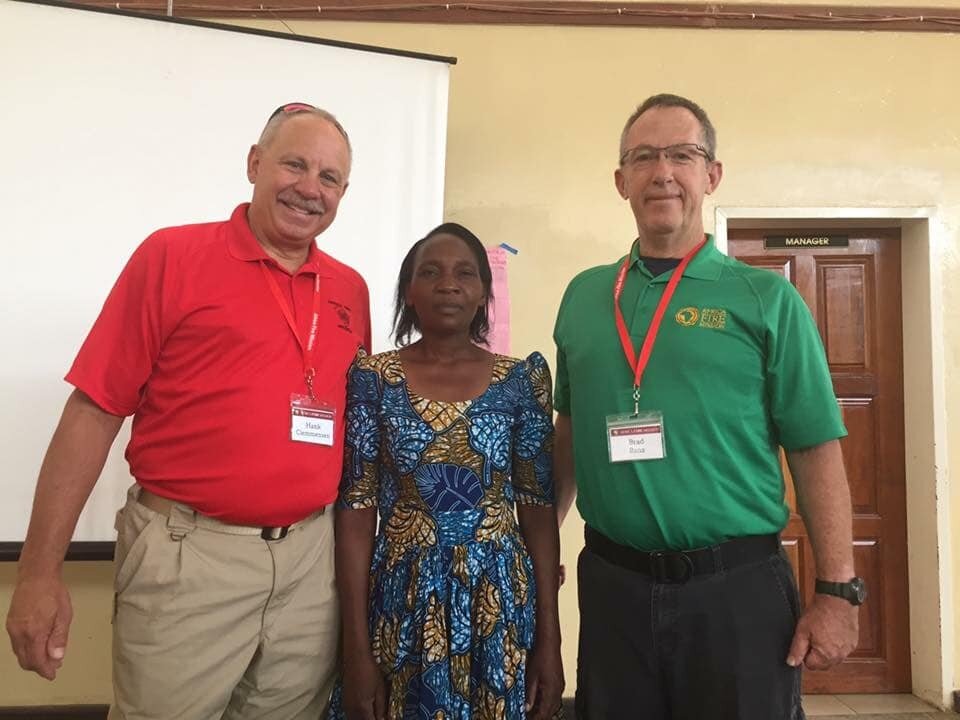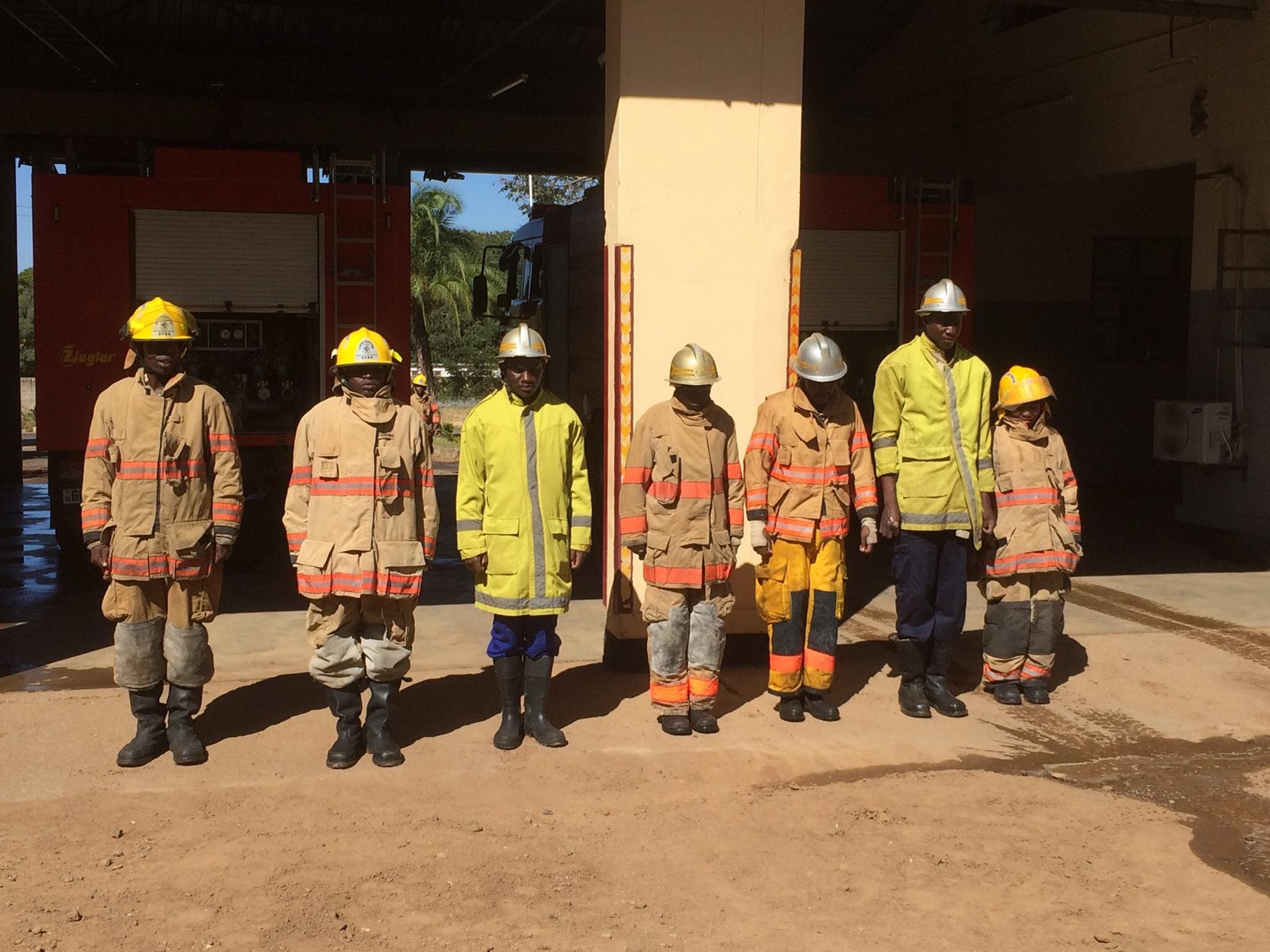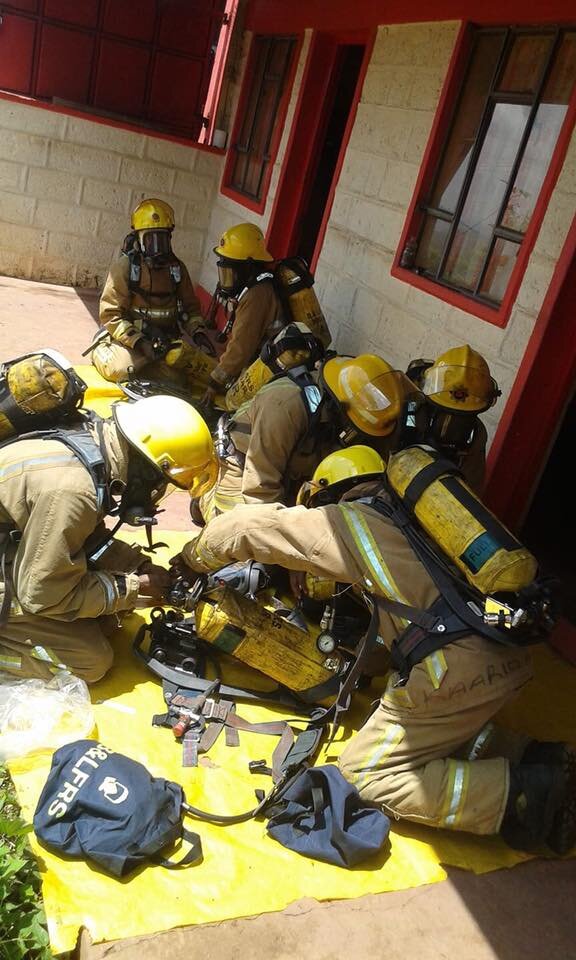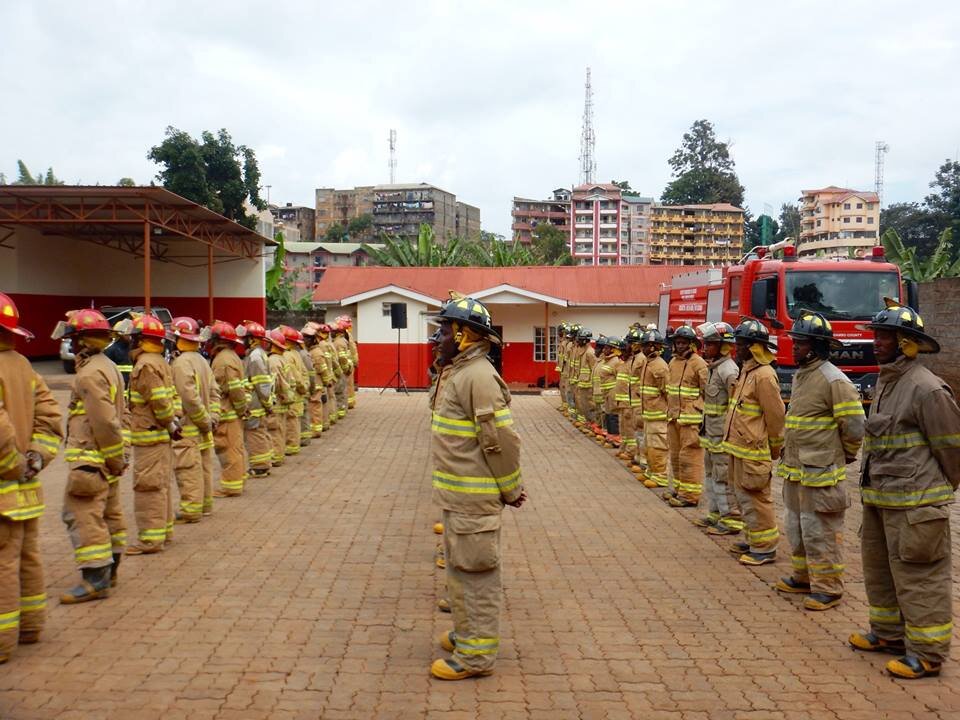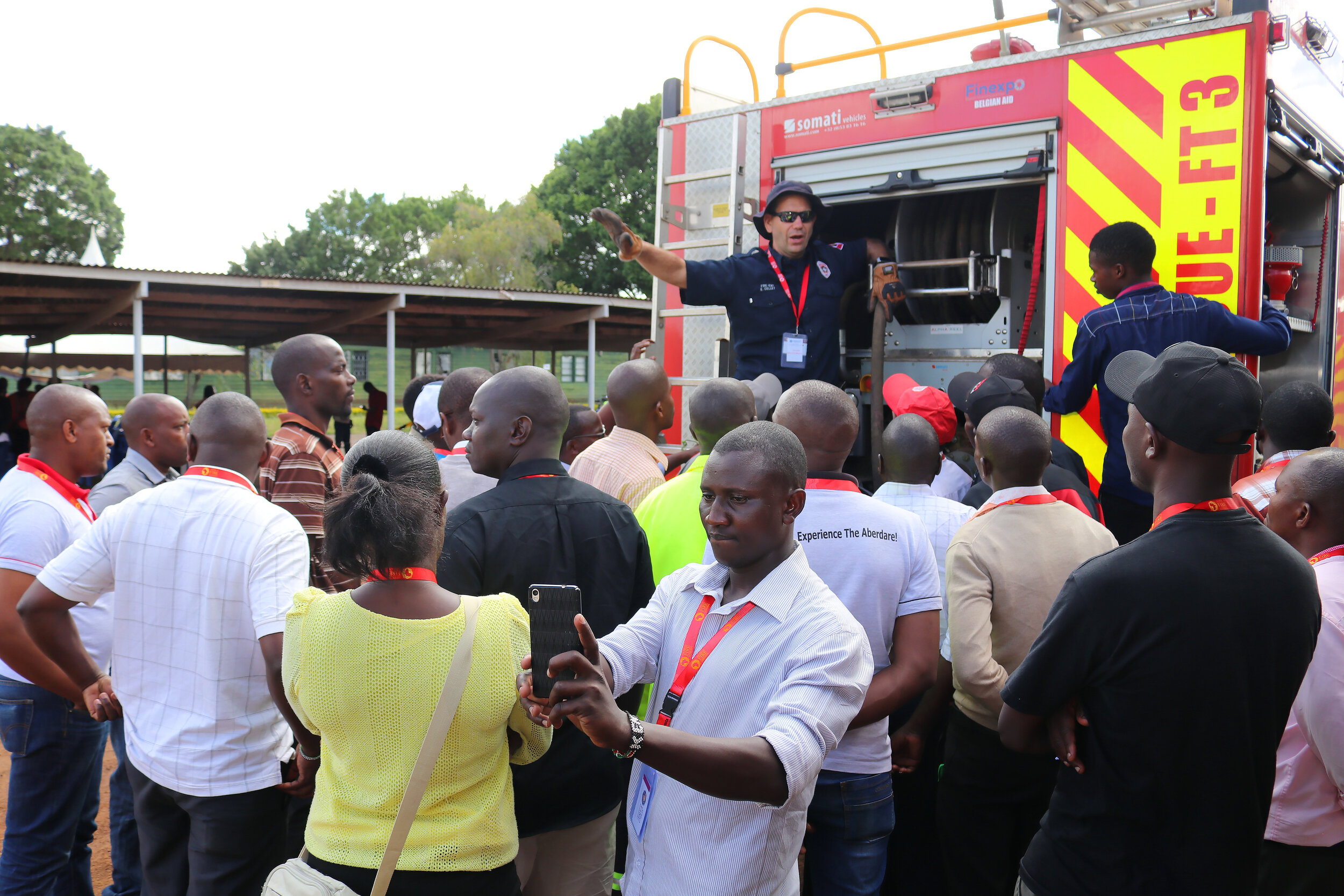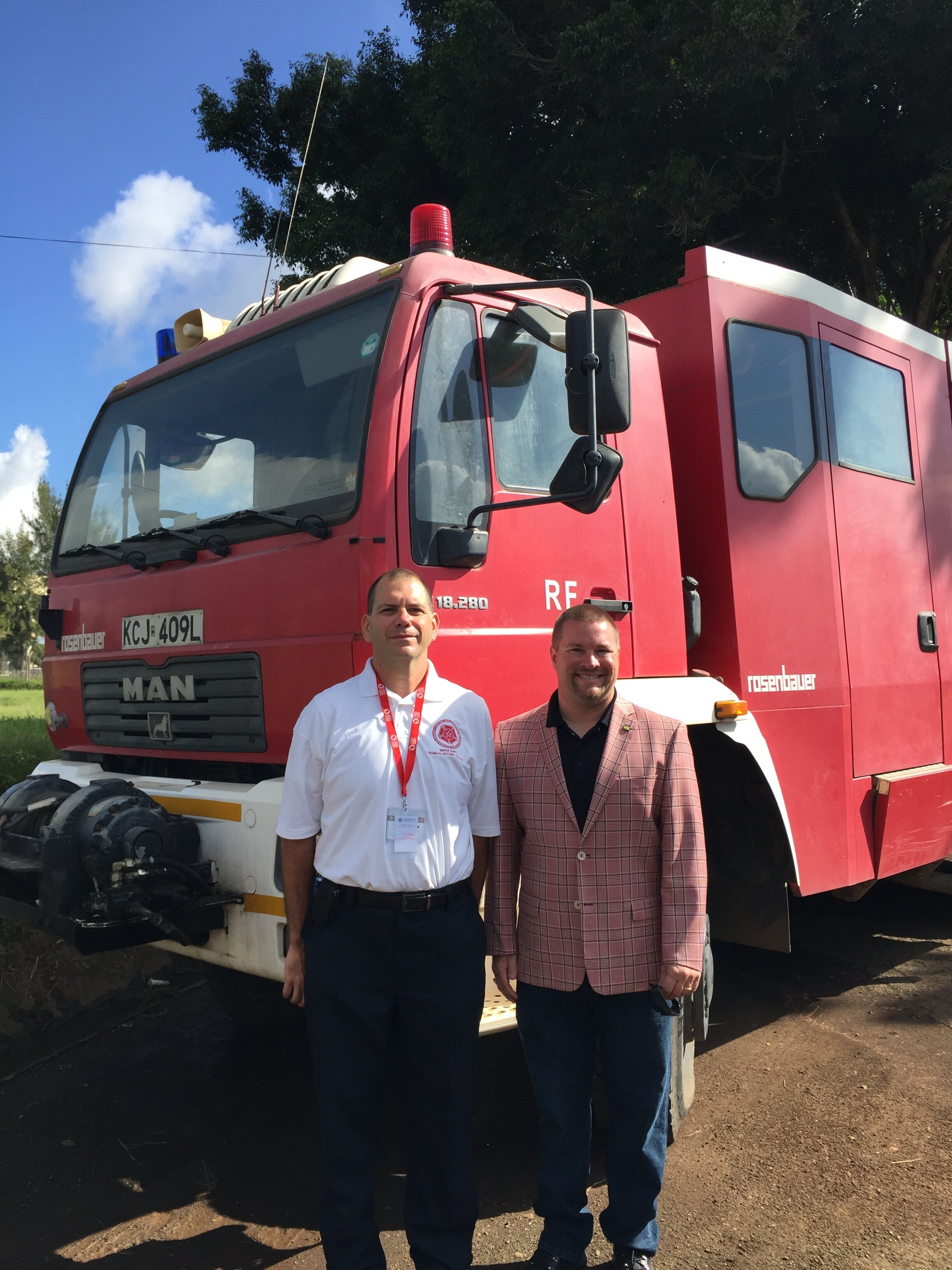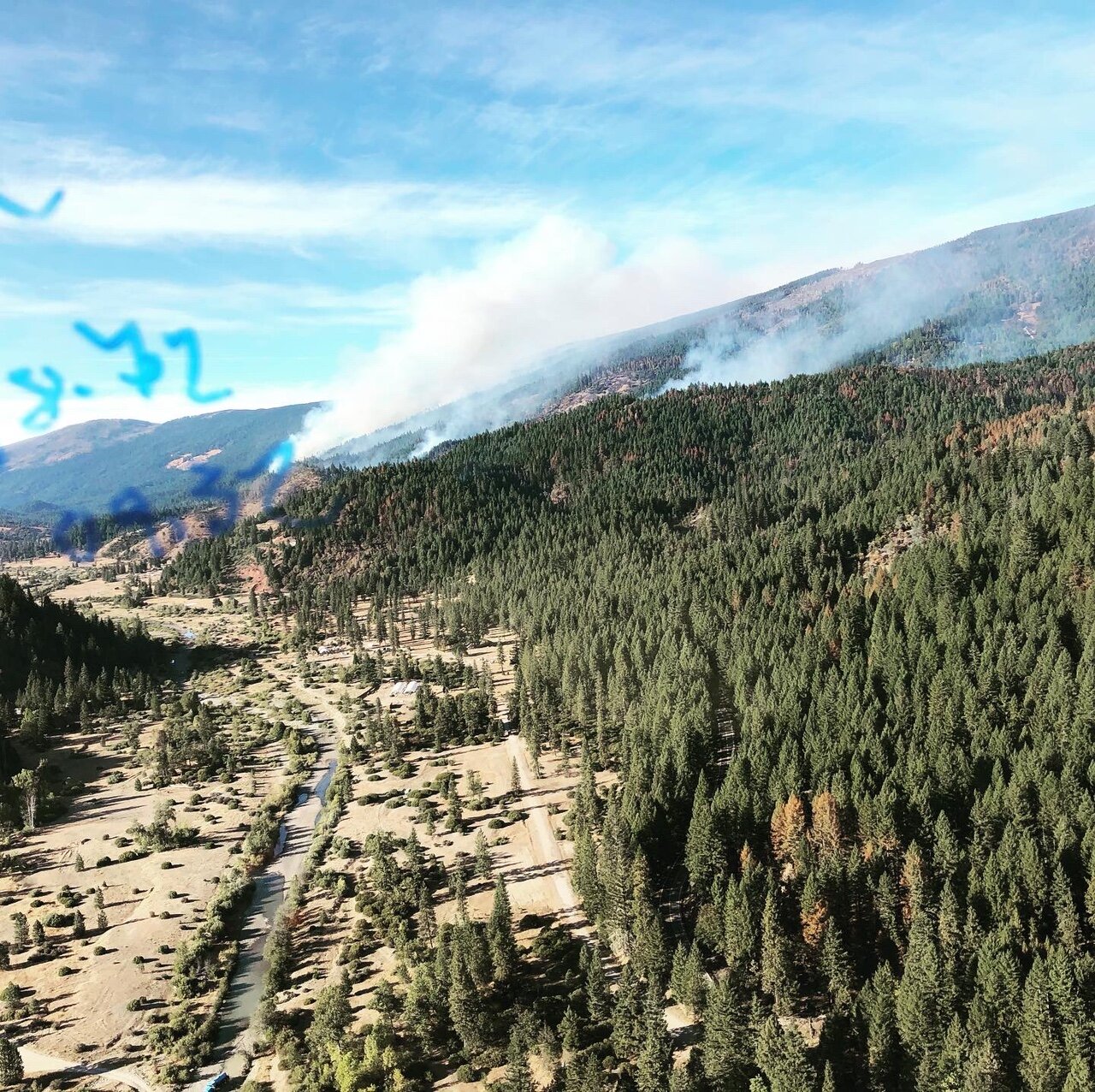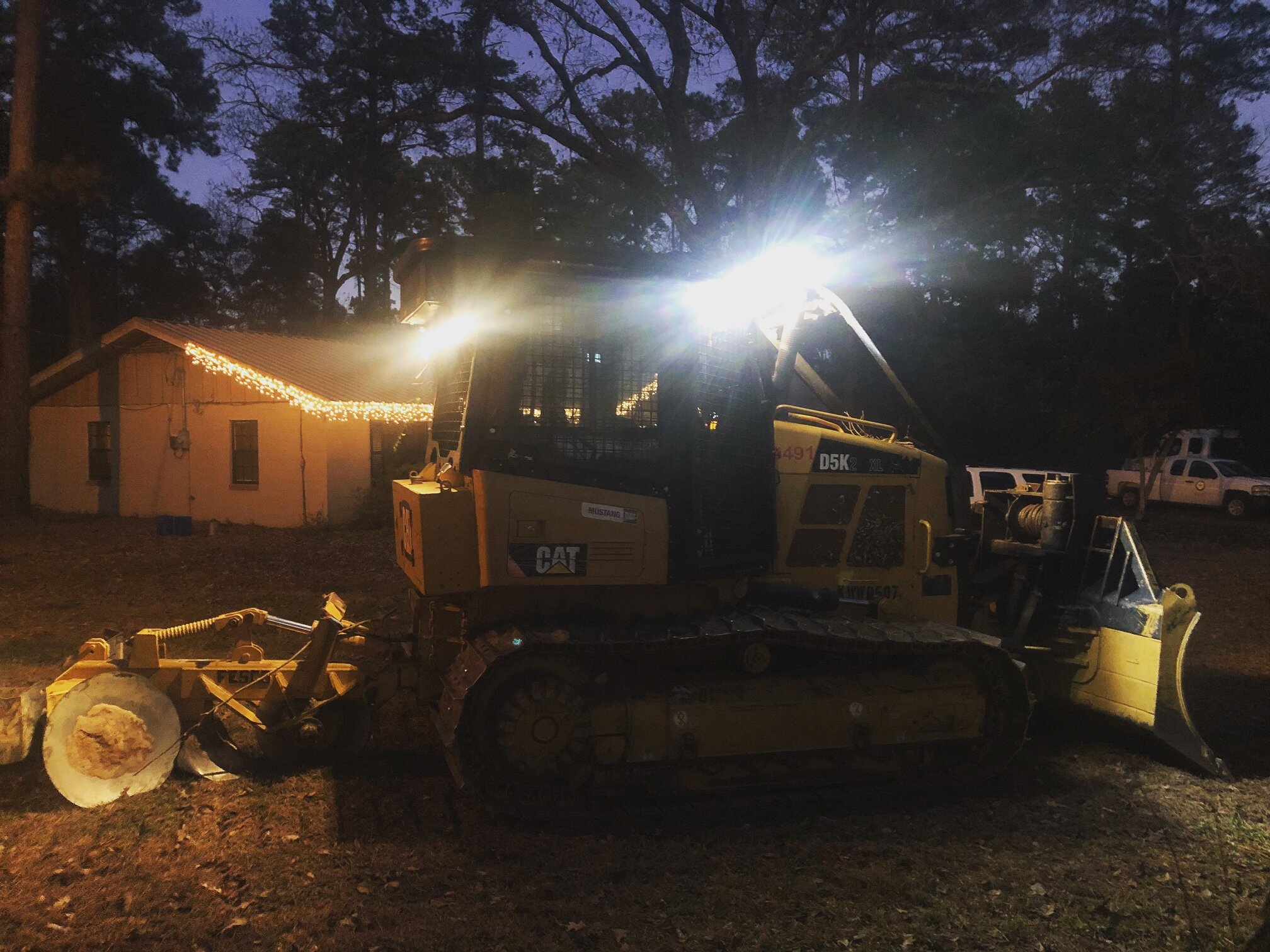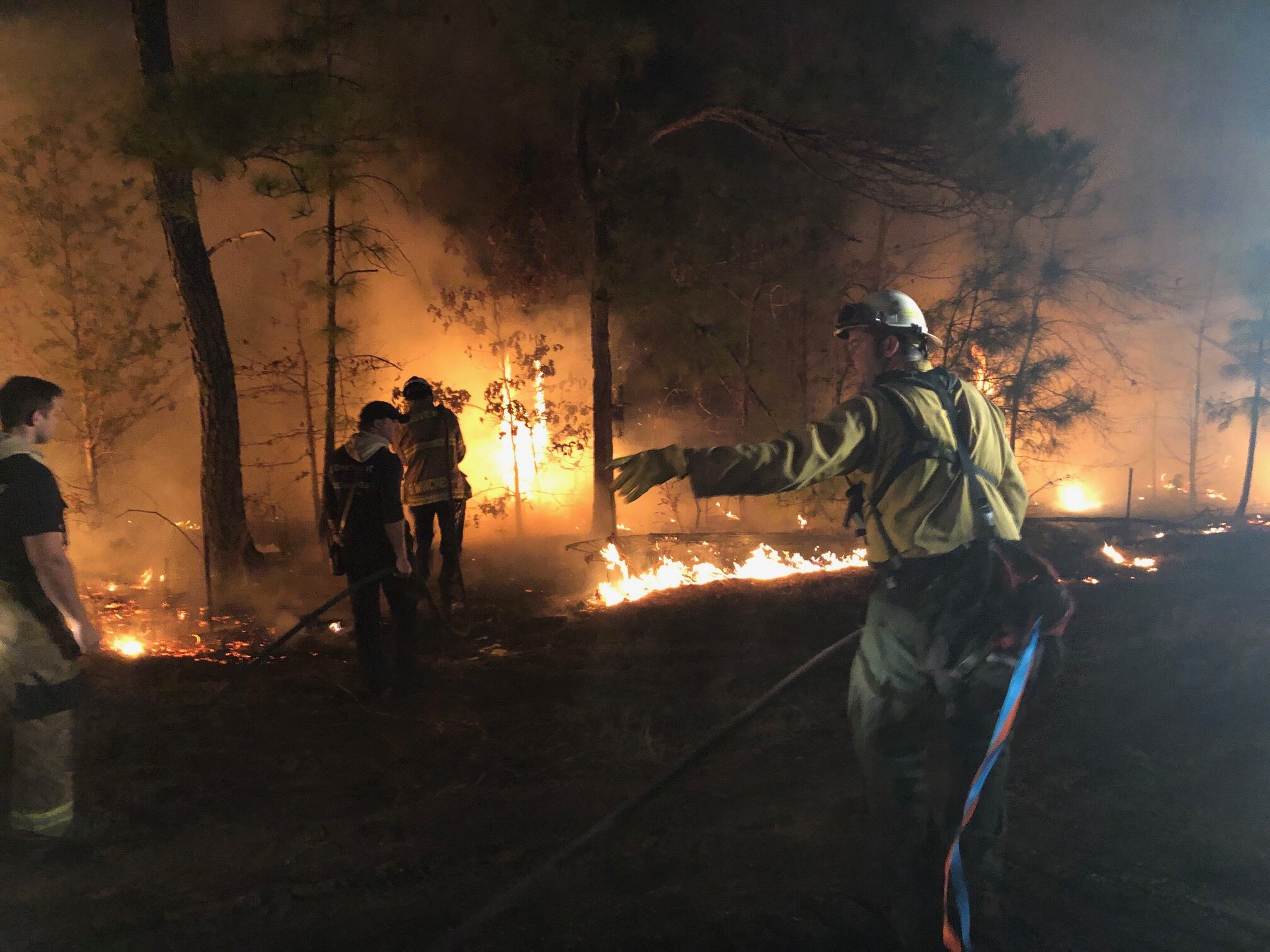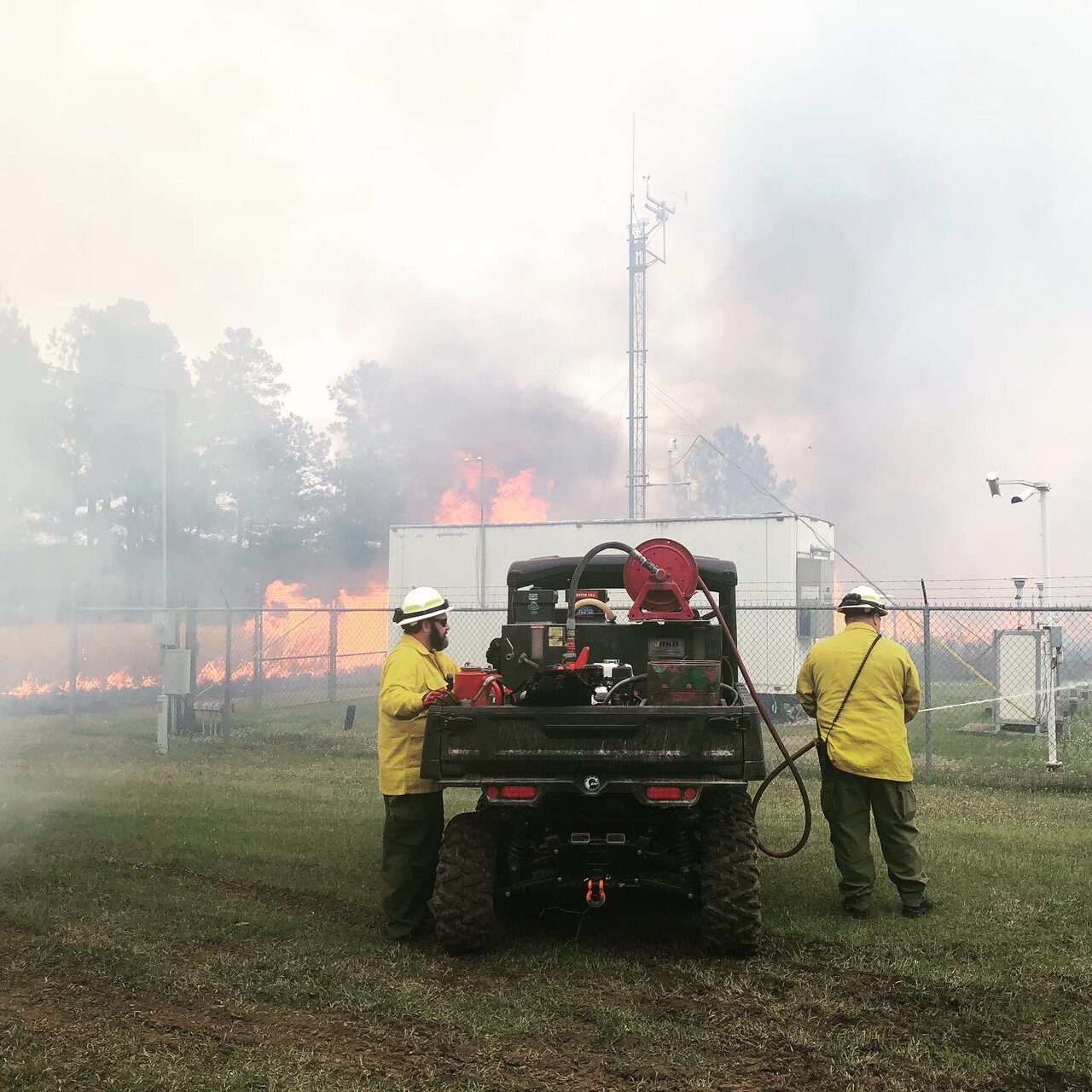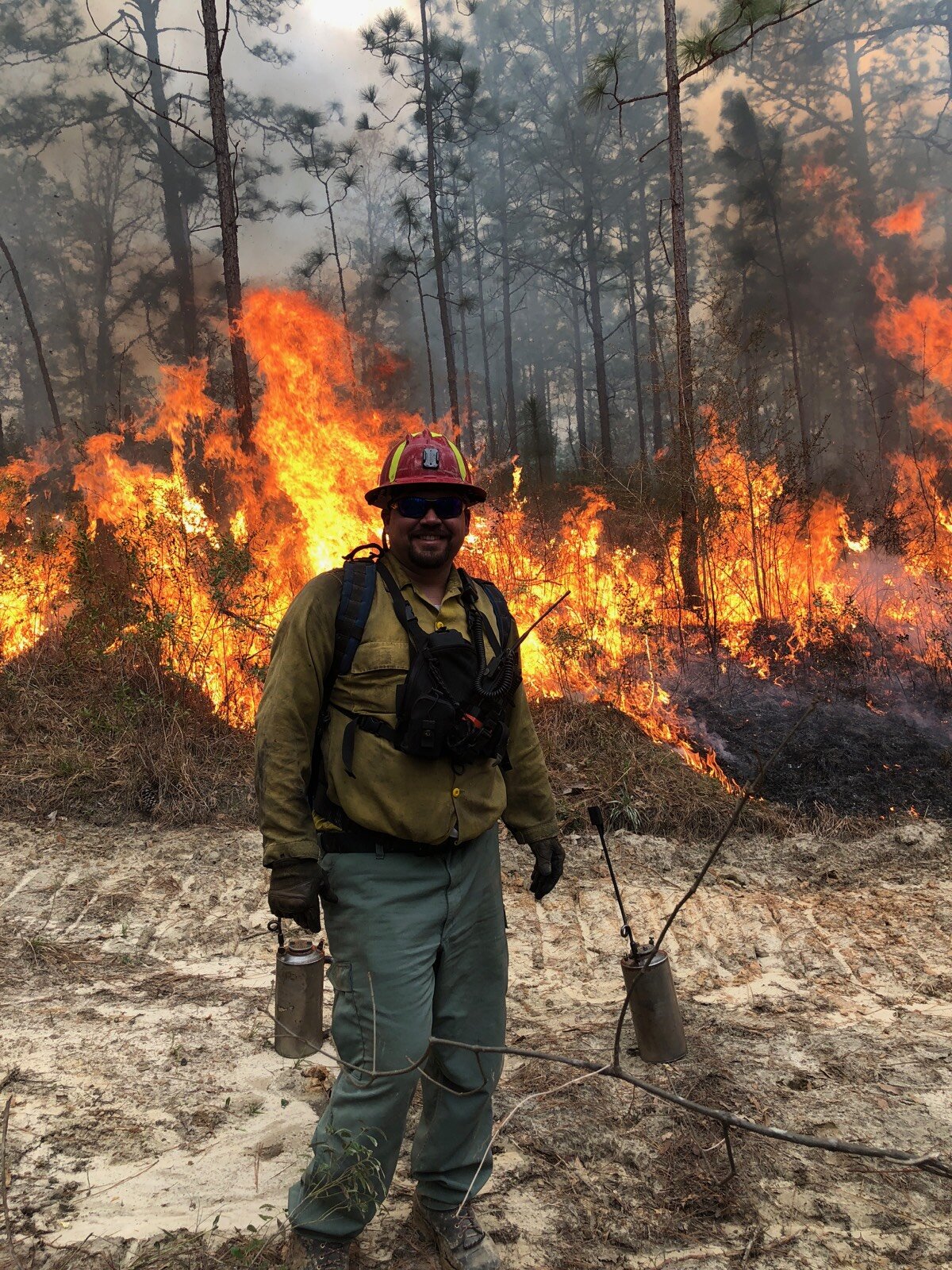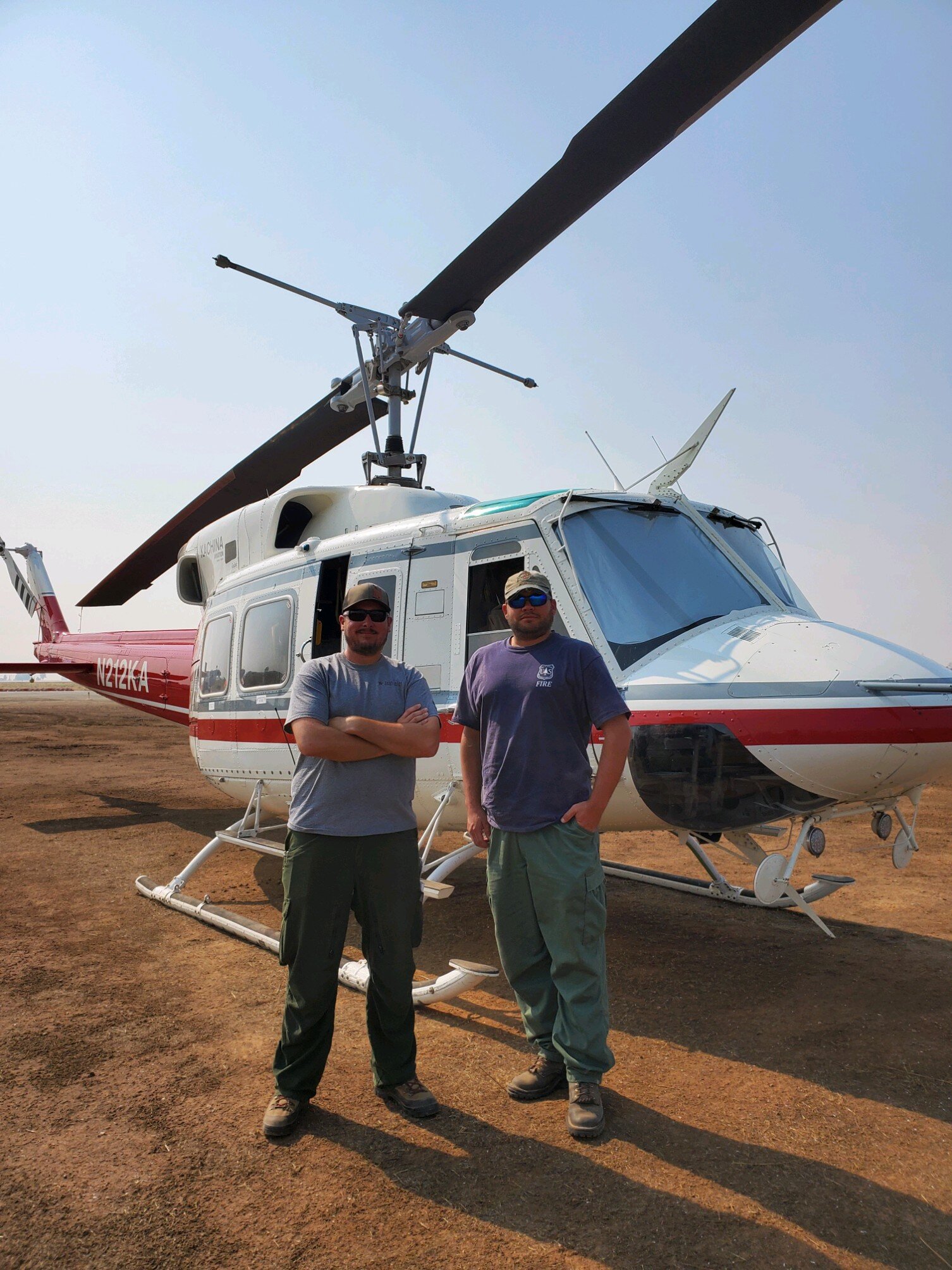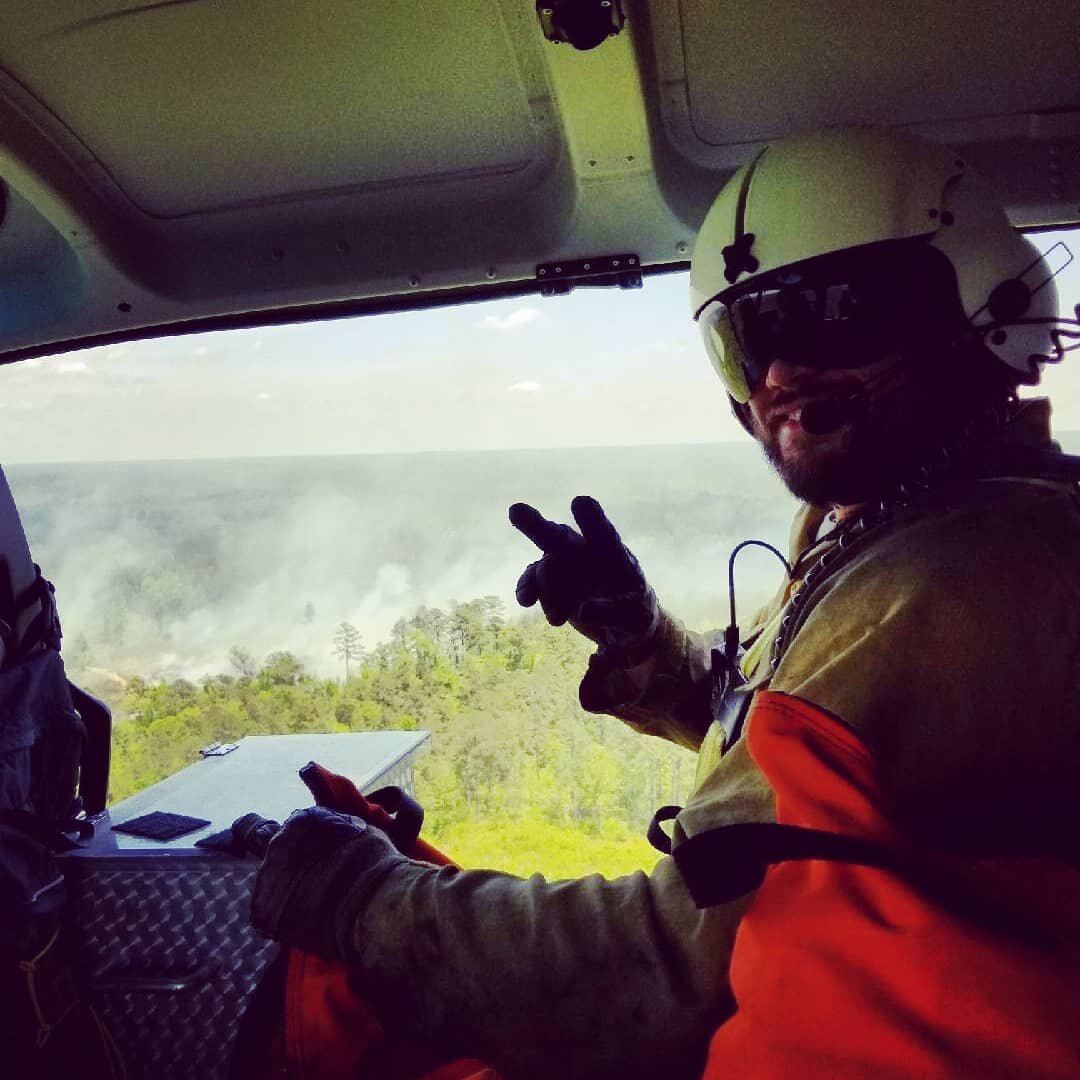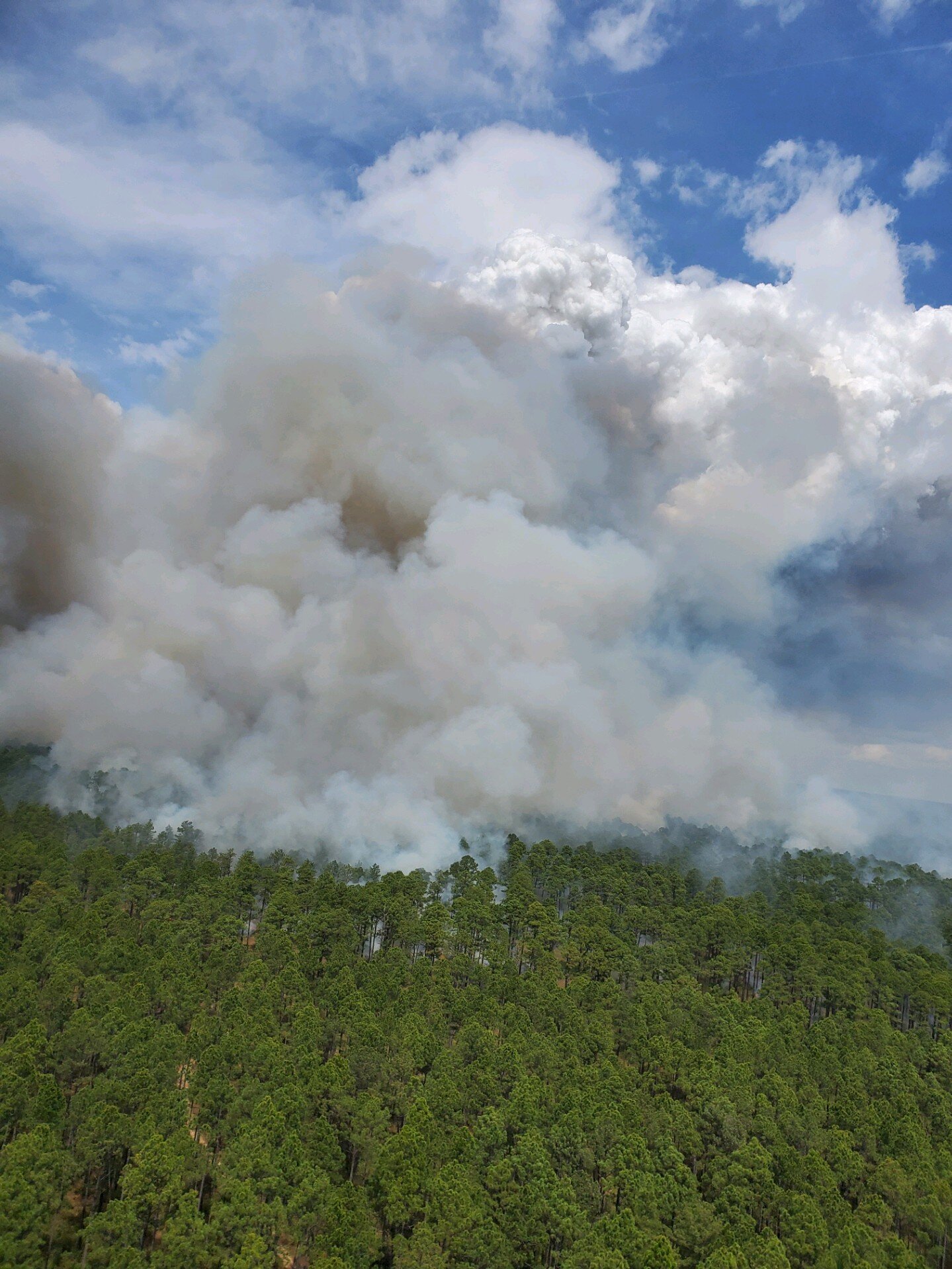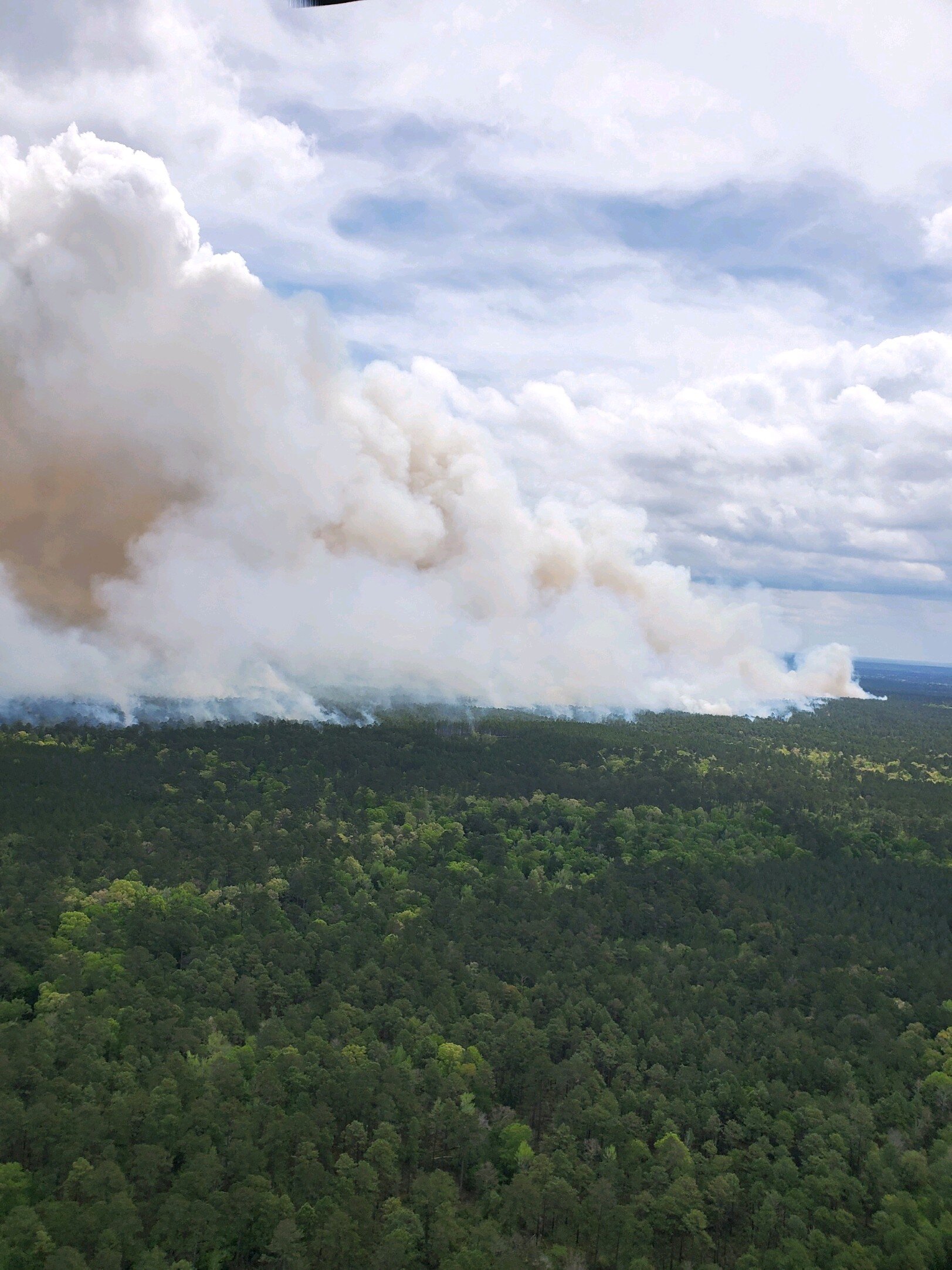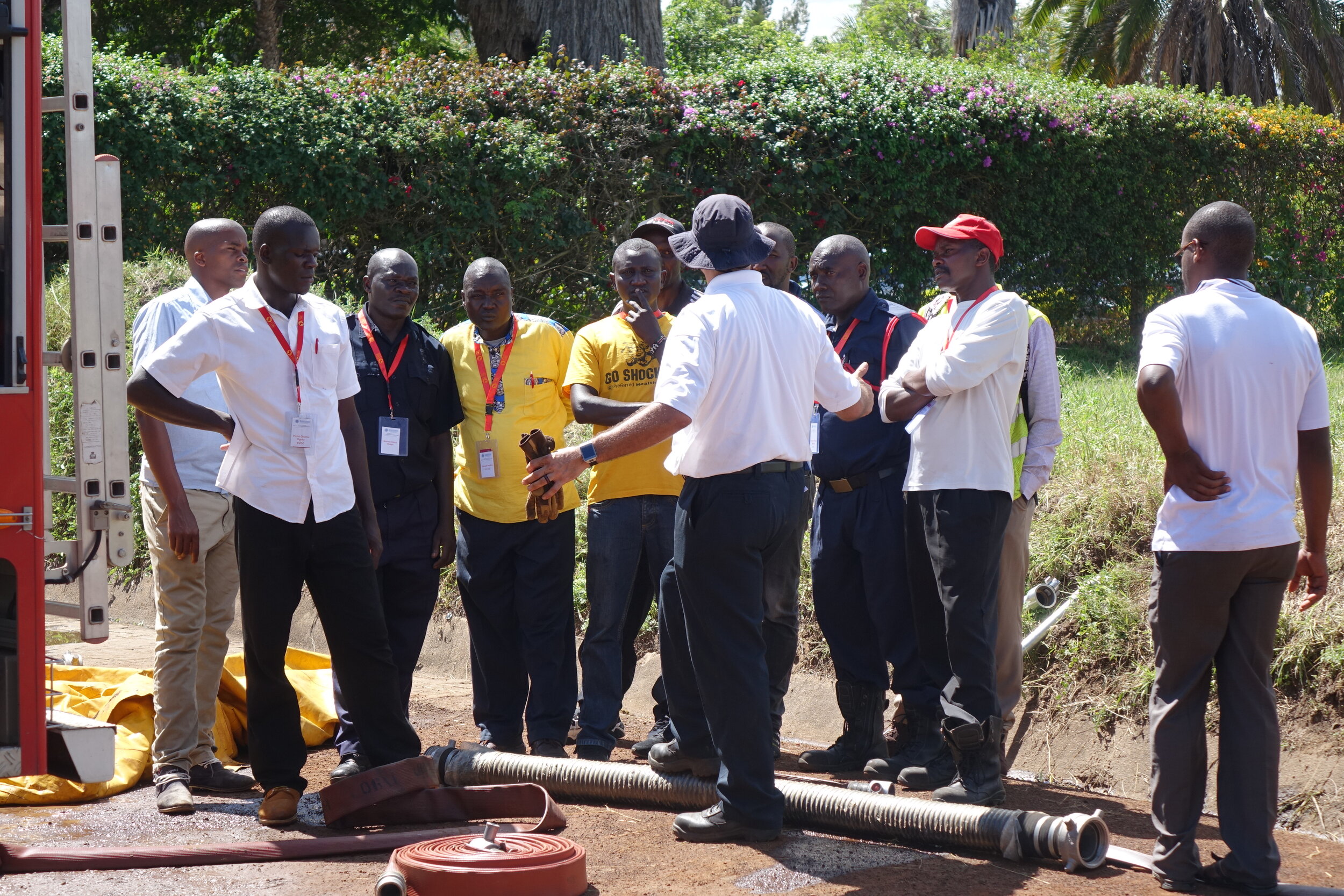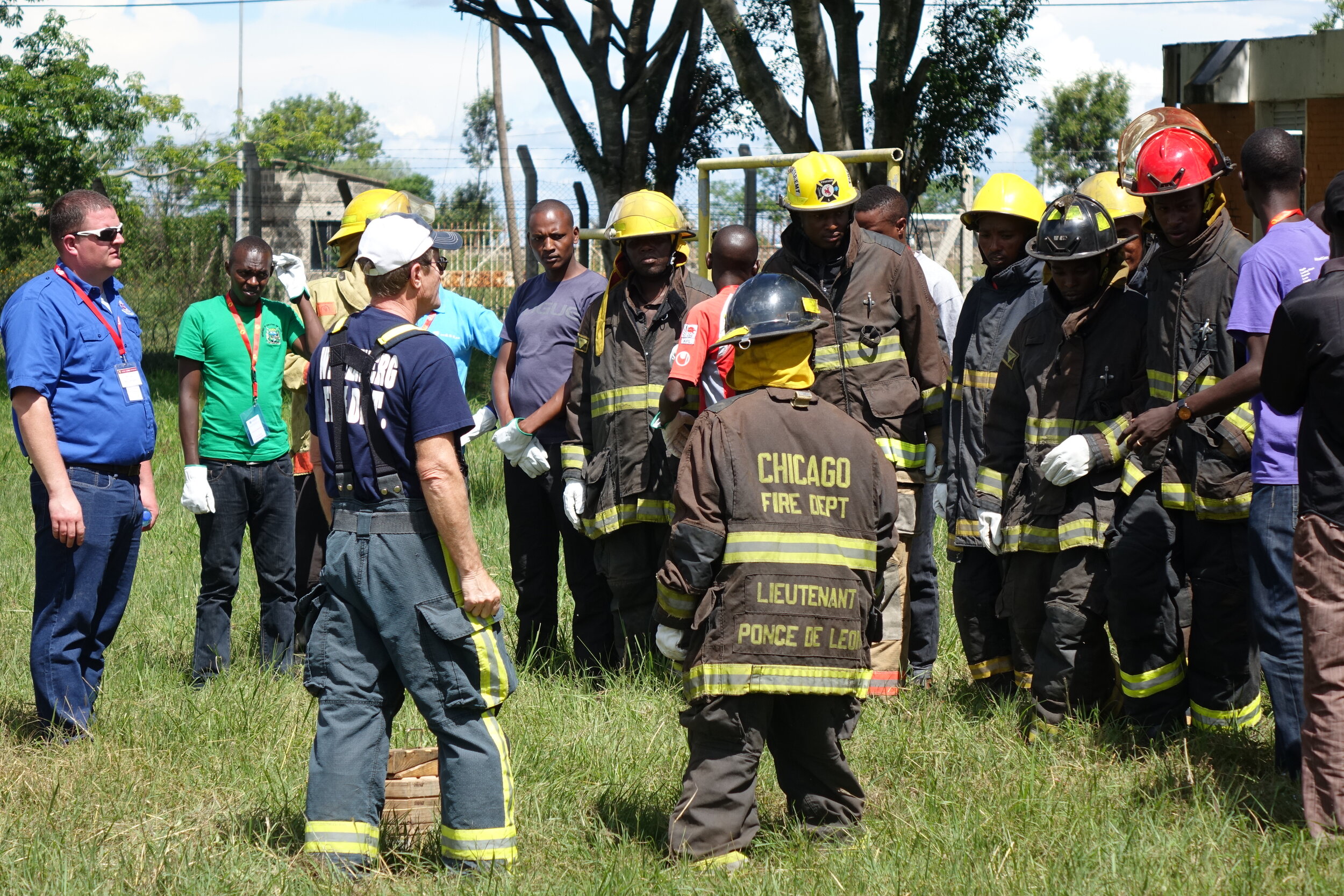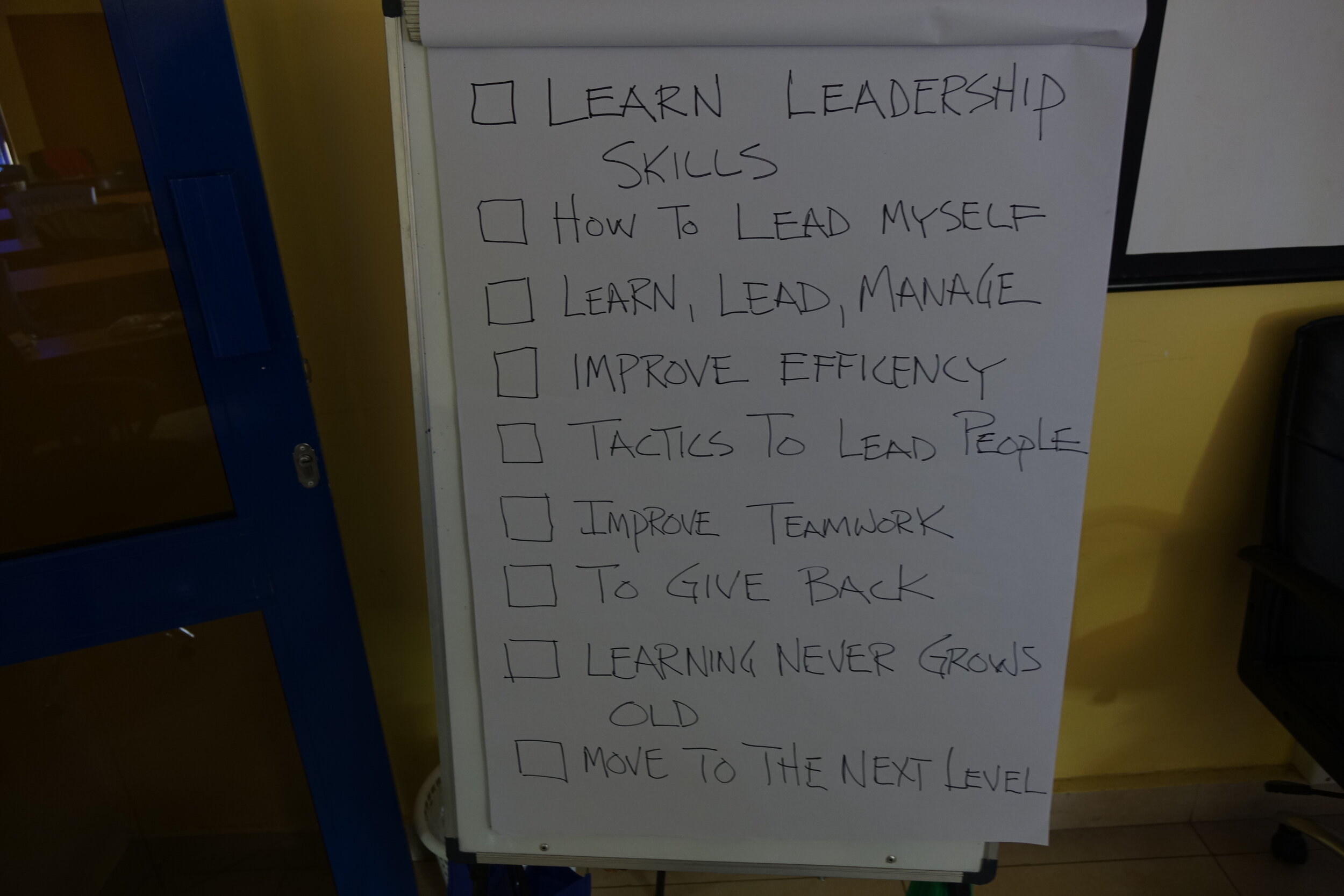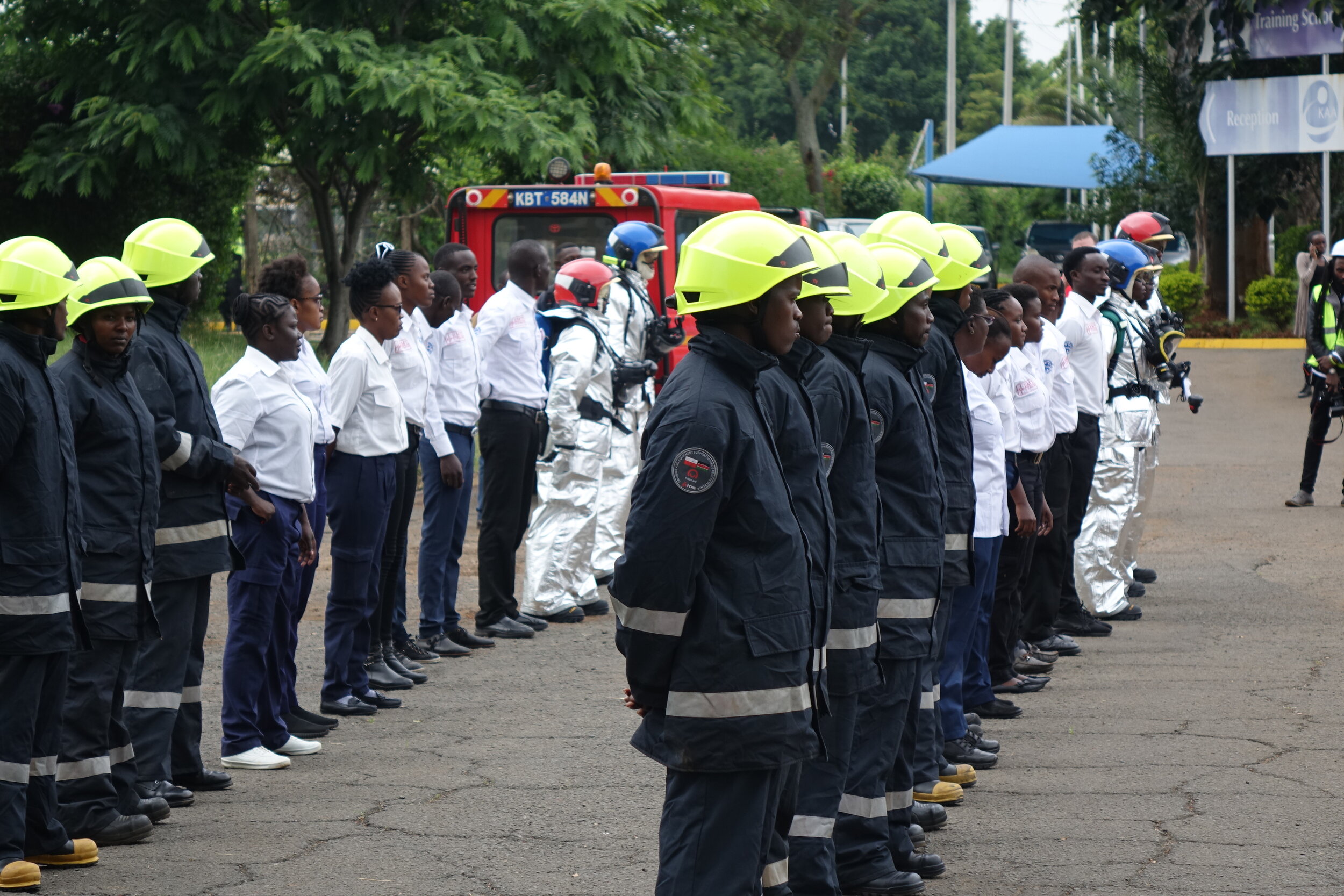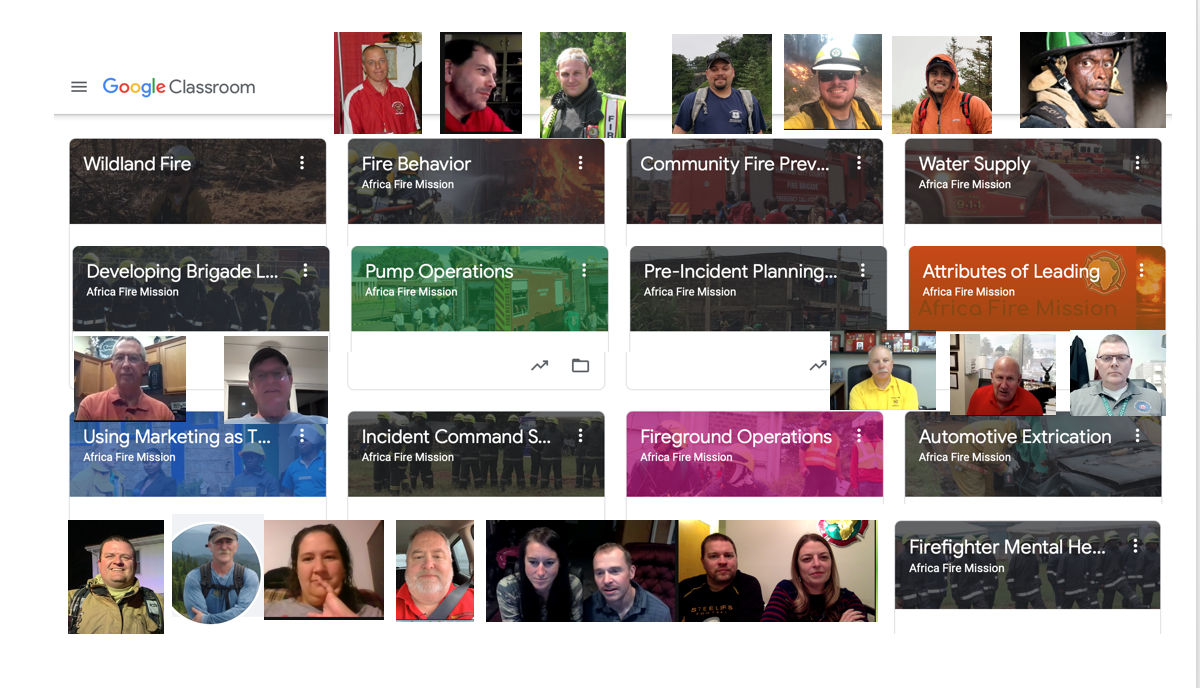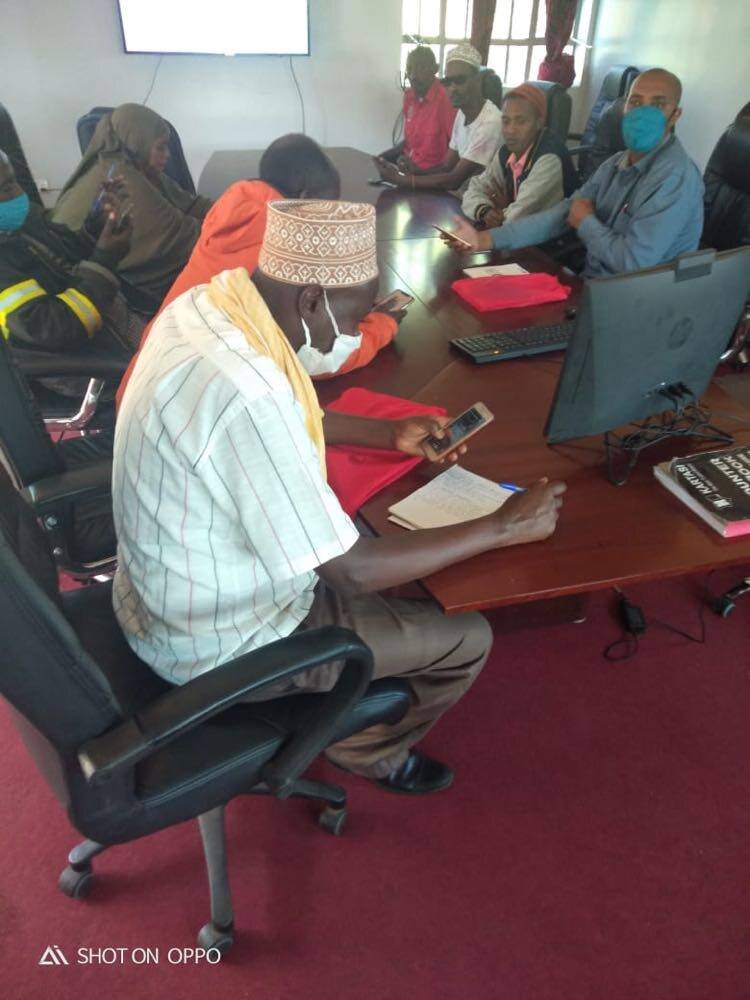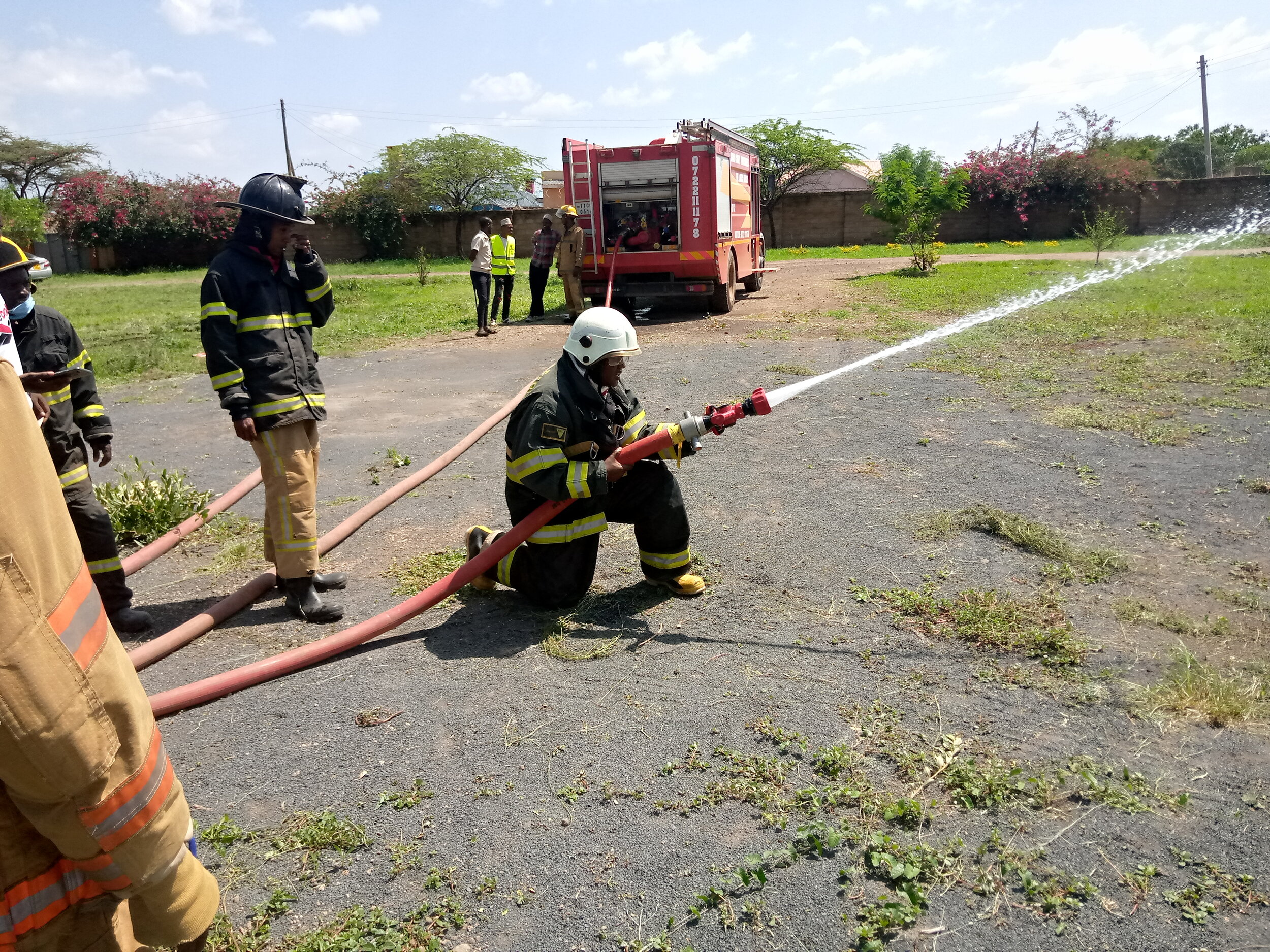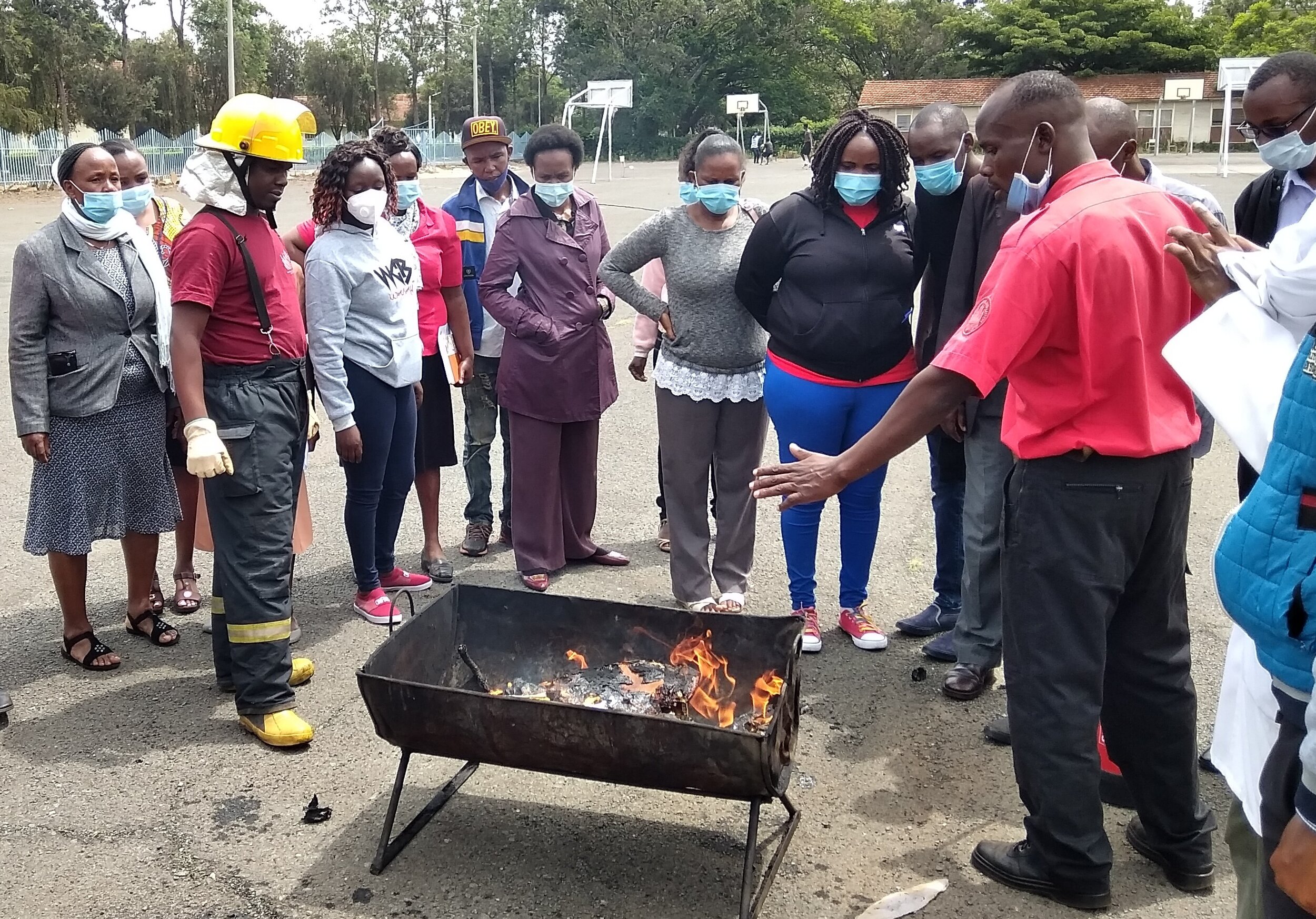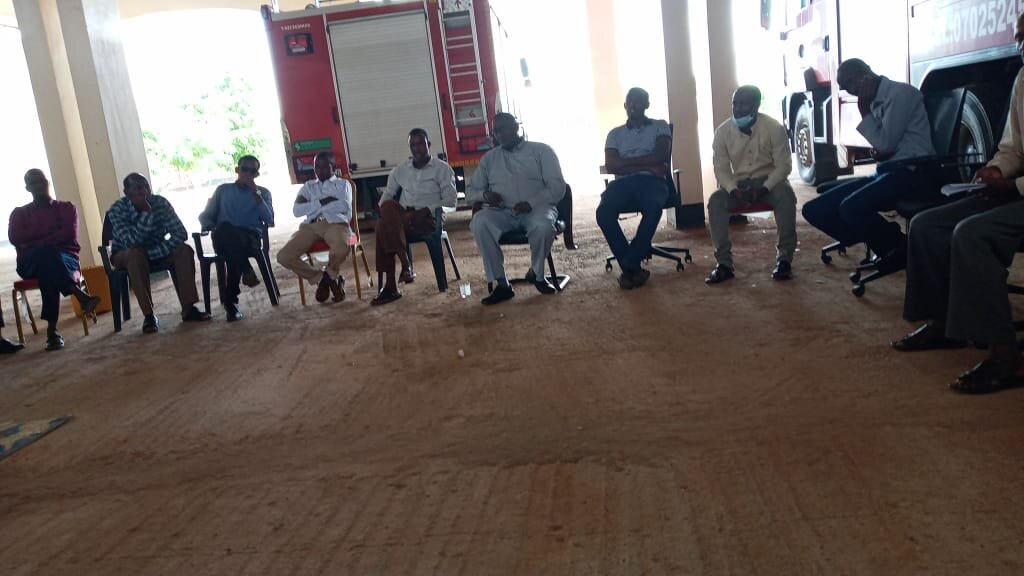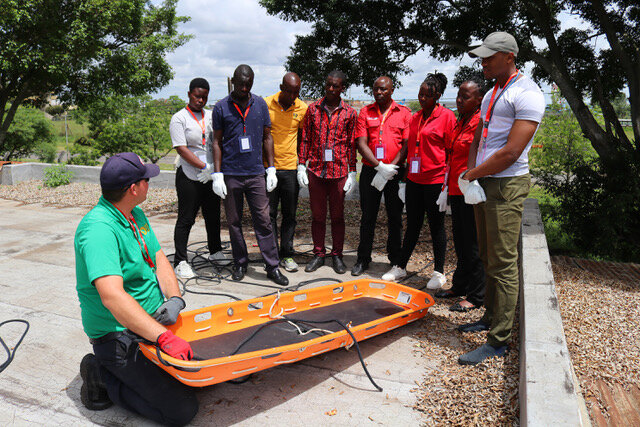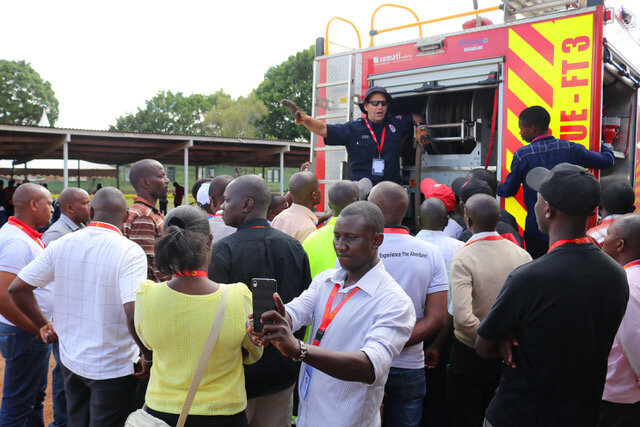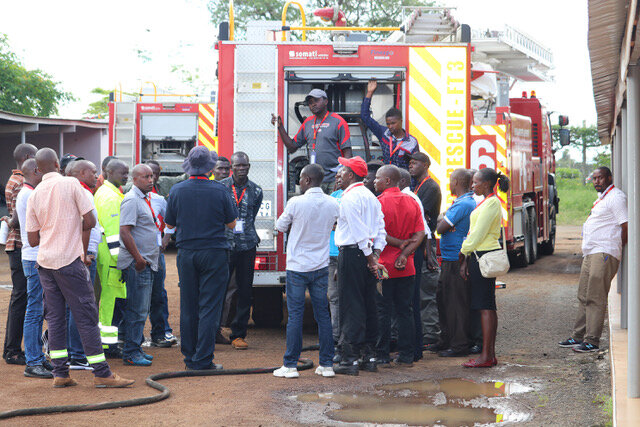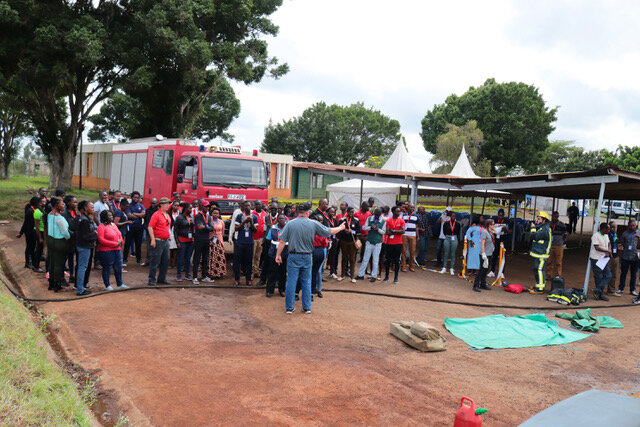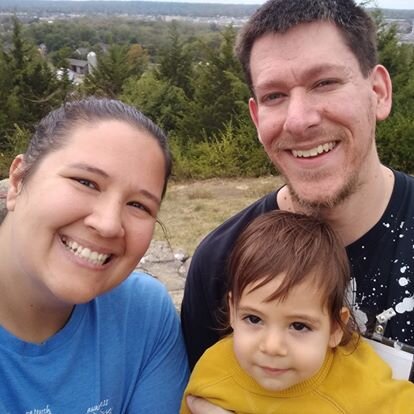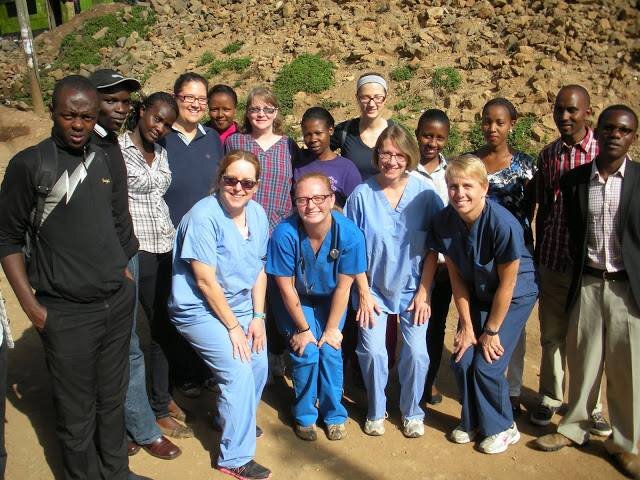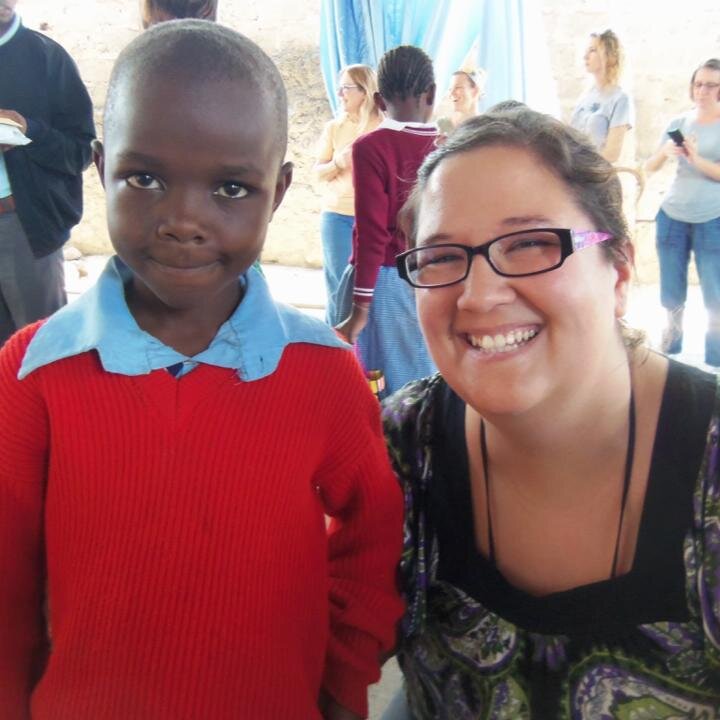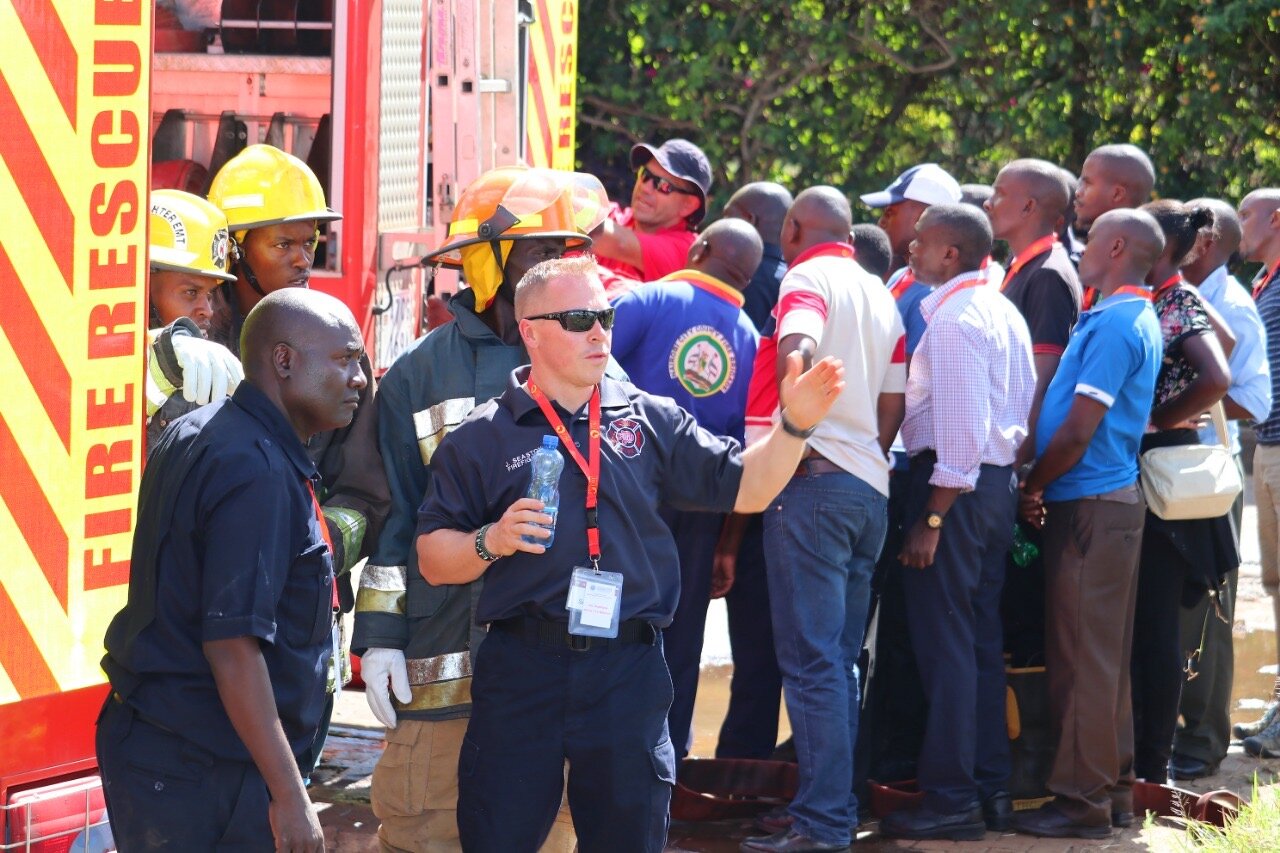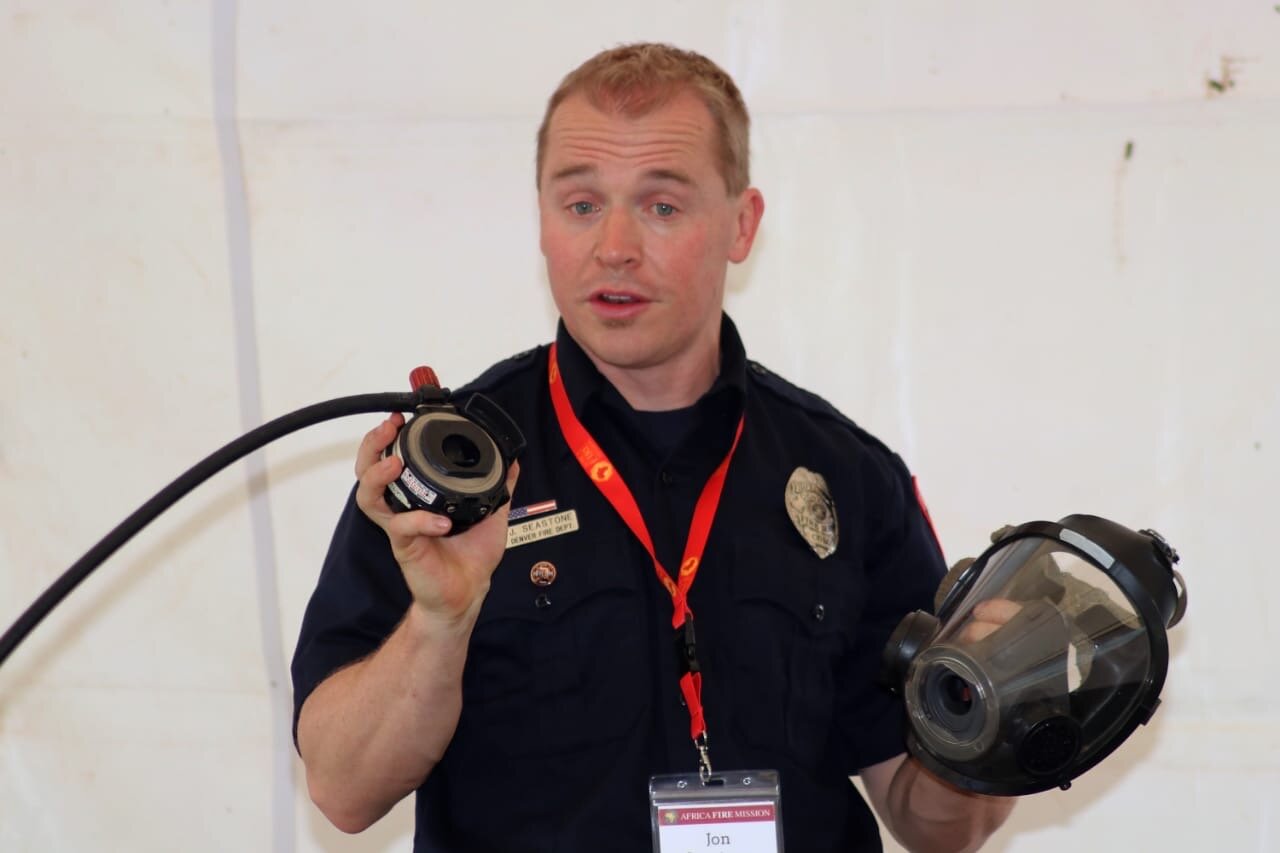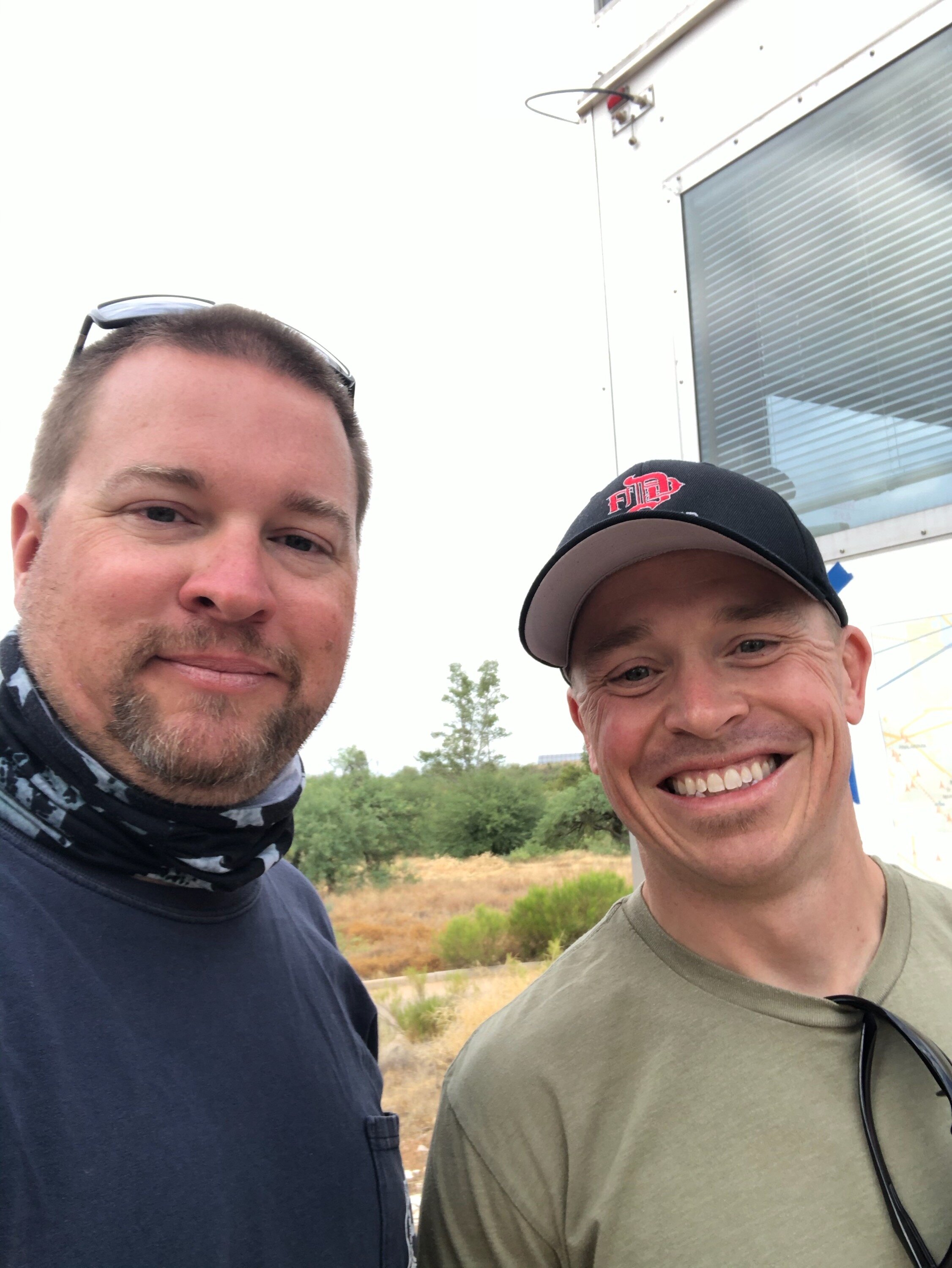by Chaplain Howard A Cohen, deputy chief (ret.), Bennington Fire Department
It is very important for us, as firefighters, to be as effective, efficient and fast as possible on the fire ground. One good rule is to never enter the fire ground without a tool in each hand. The situation will determine whether you grab an axe, halagan bar, thermal imaging camera, rescue rope, flashlight, gas meter or some other tool. Just make sure you have one in each hand. It’s a waste of precious time if you have to run back to your truck to get a tool.
Another good rule is to carry small tools like a screwdriver, wire cutter, prying tool, extra chocks, webbing, rope, carabineer, and a knife in the pockets of your turnout gear. One of my favorite conversation starters when I meet a new firefighter is to ask what they carry in their pockets. I’m often amazed by what they tell me.
For me, it was learning the value of multi head screwdriver that persuaded me to pay attention to what I carry in my pockets. It was late one evening when an air vent on the roof of a nursing home malfunctioned and started filling a wing with smoke. We needed to ladder the building to access the vent. No big deal except that it was about 100 yards from our truck to where we needed to get on the roof. We got the ladder up and clamored up on the roof. We needed to loosen six screws to get the malfunctioning vent off. Alas, no one had a screwdriver on them. So back to the truck someone had to run. Fortunately, there was no longer a fire risk because the power was shut off.
When he returned, the firefighter climbed back up the ladder and onto the roof. Oh no! He grabbed the wrong kind of screwdriver. Once again, down he went back to the truck, then back up the ladder to us on the roof. If only one of us was carrying a screwdriver! What should have been a five minute task took thirty minutes! Ever since, I carry a multi head screwdriver with me. I’m glad to say I’ve used it many times since.
Here is a very simple, educational and fun “drill”. Ask one another what they carry in the pockets of their turnout gear. There is no right or wrong answer. I guarantee you’ll learn something in the process.

